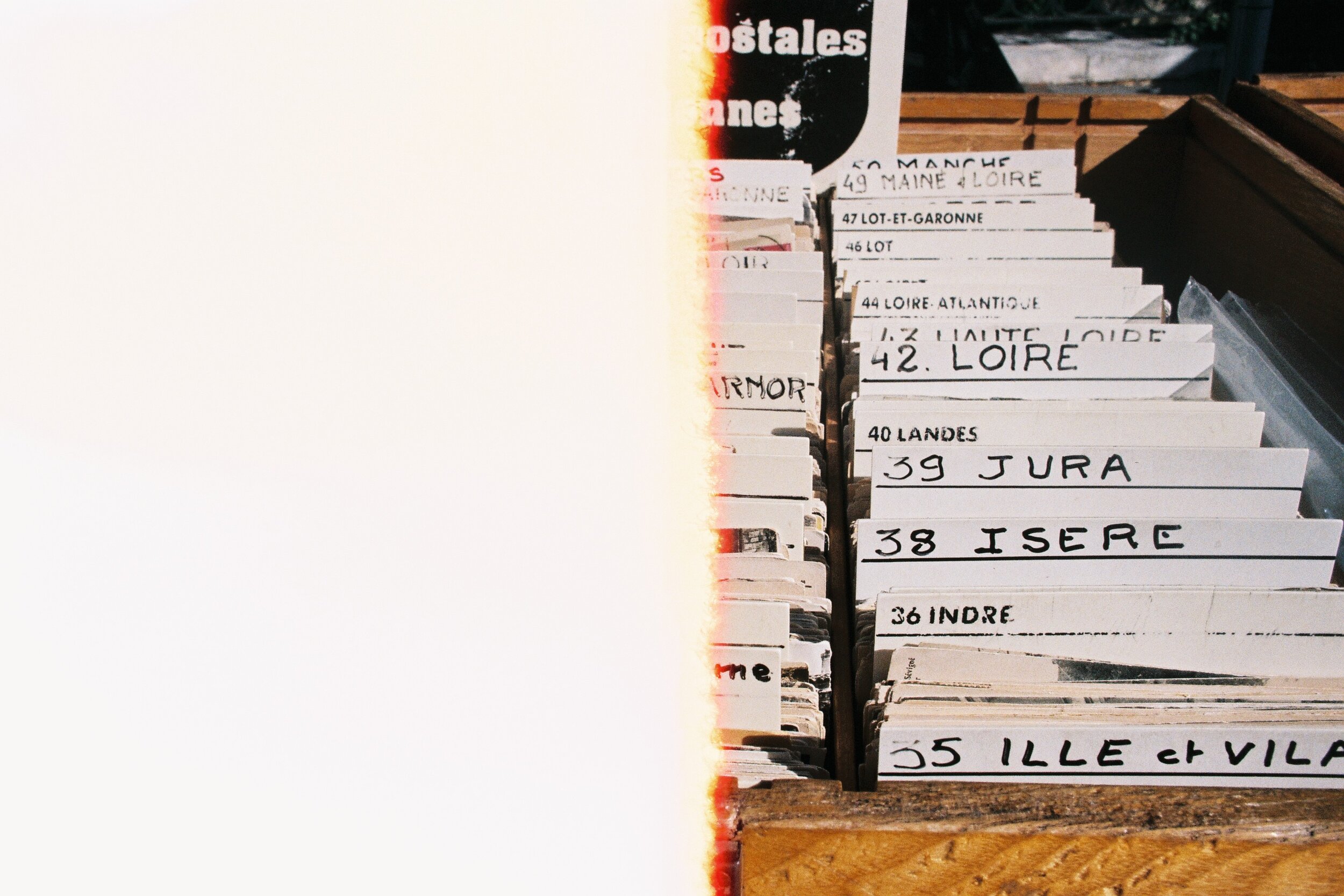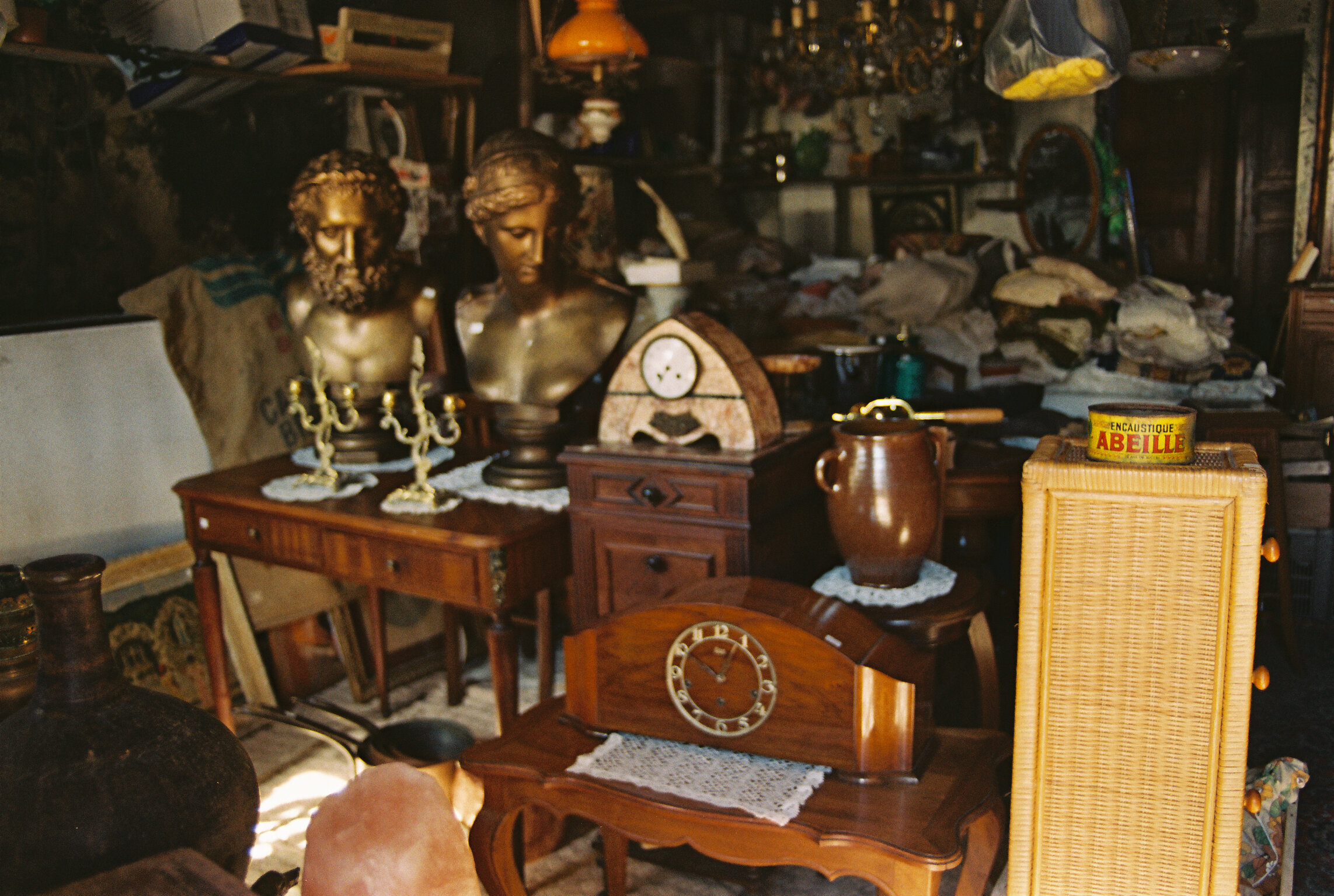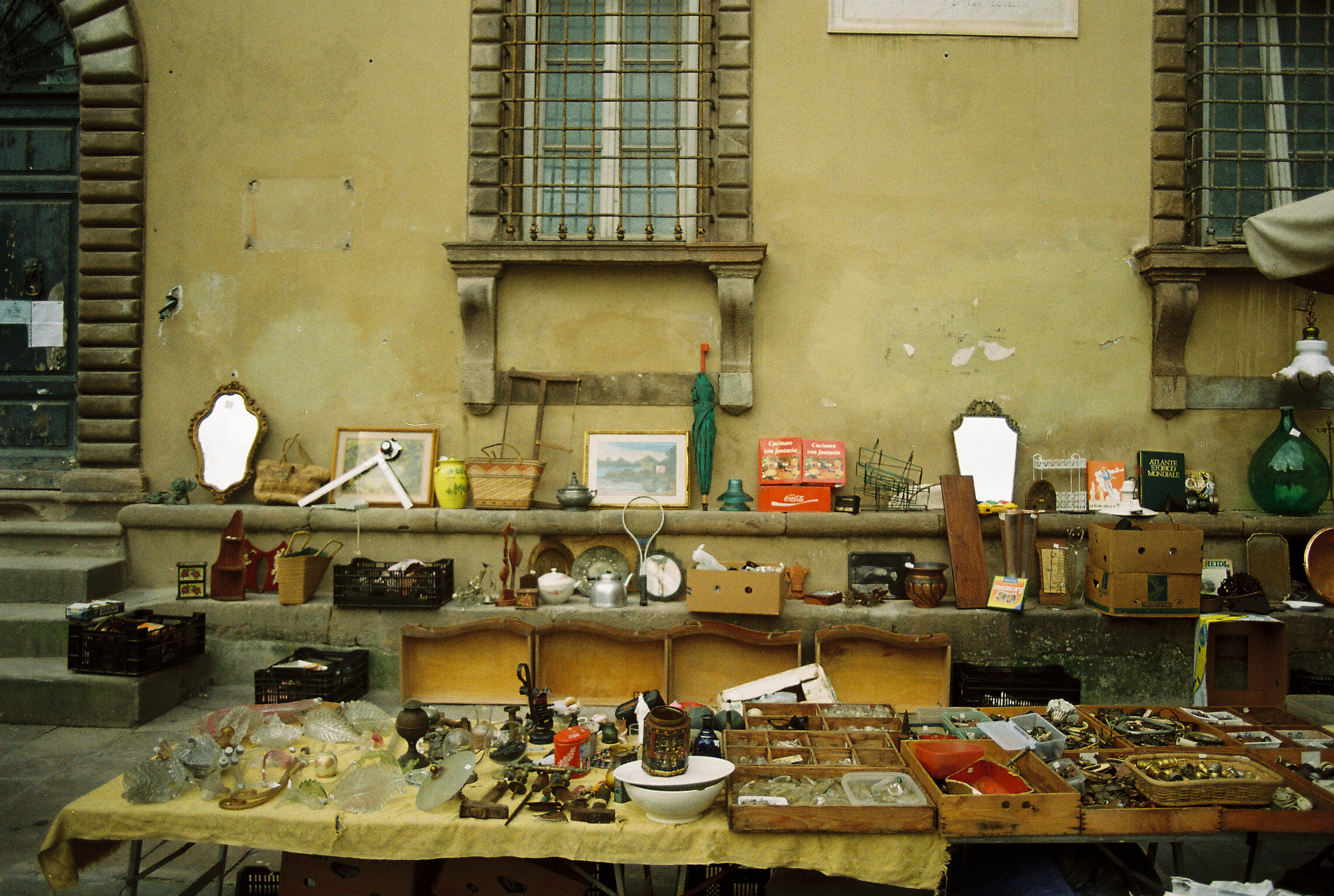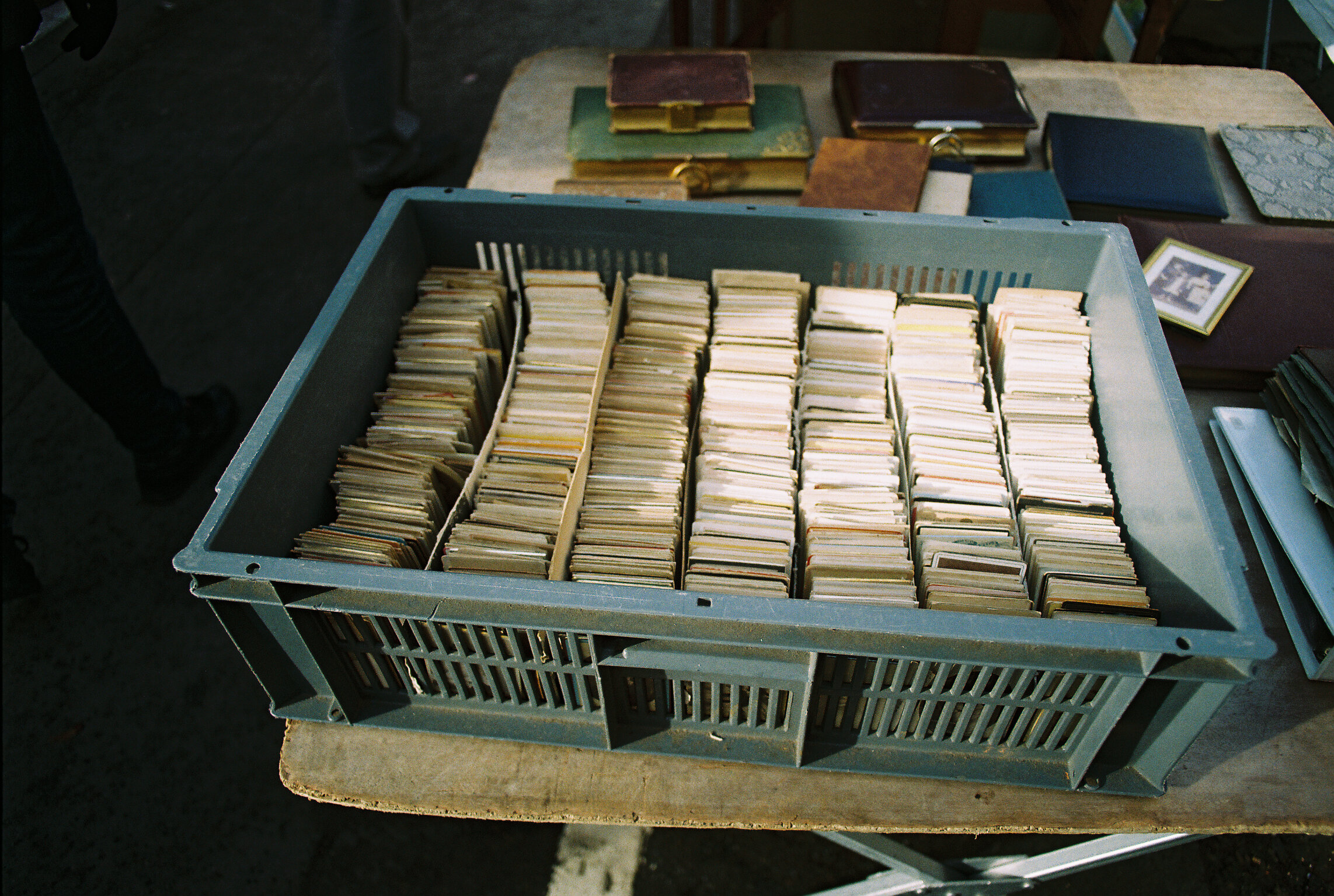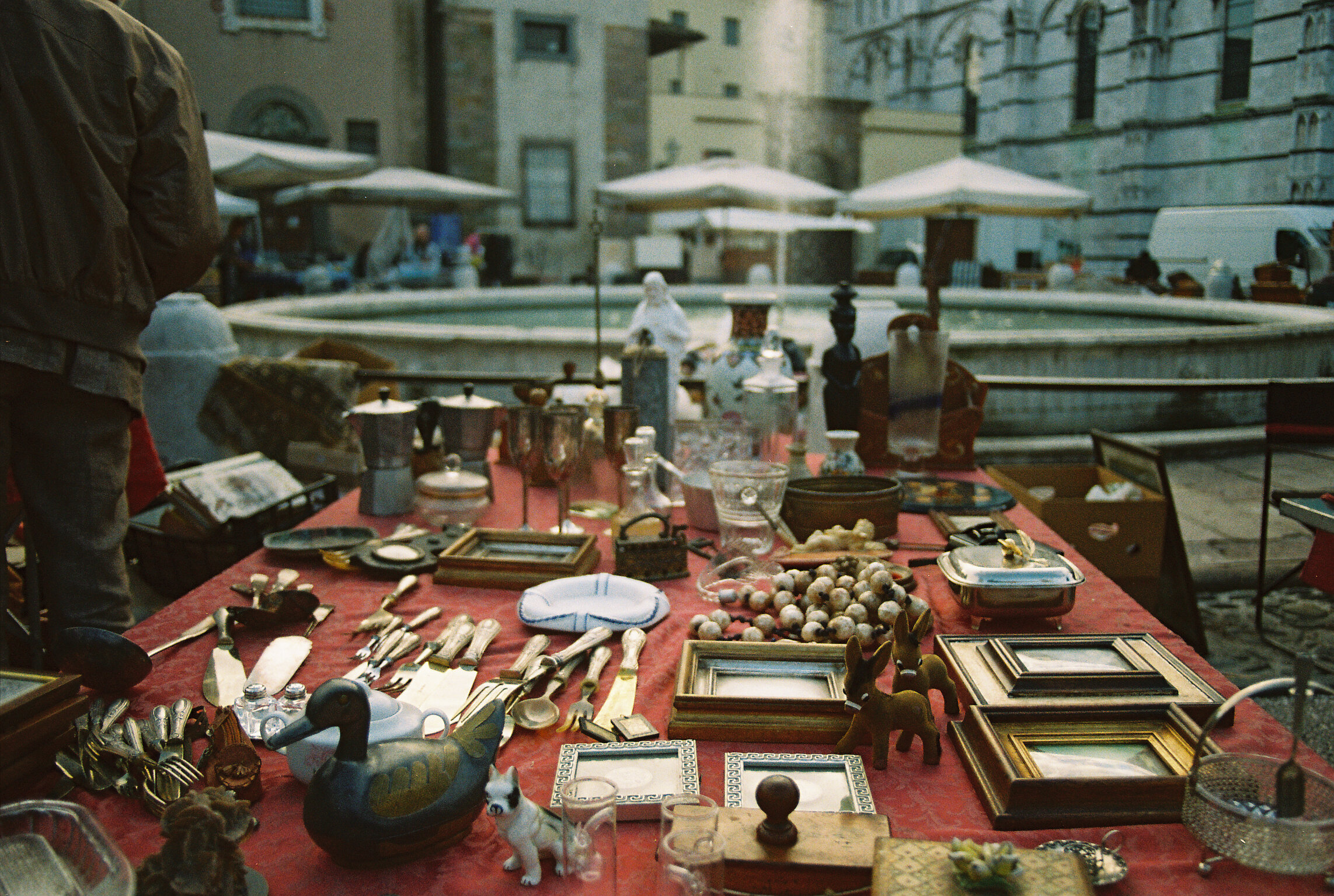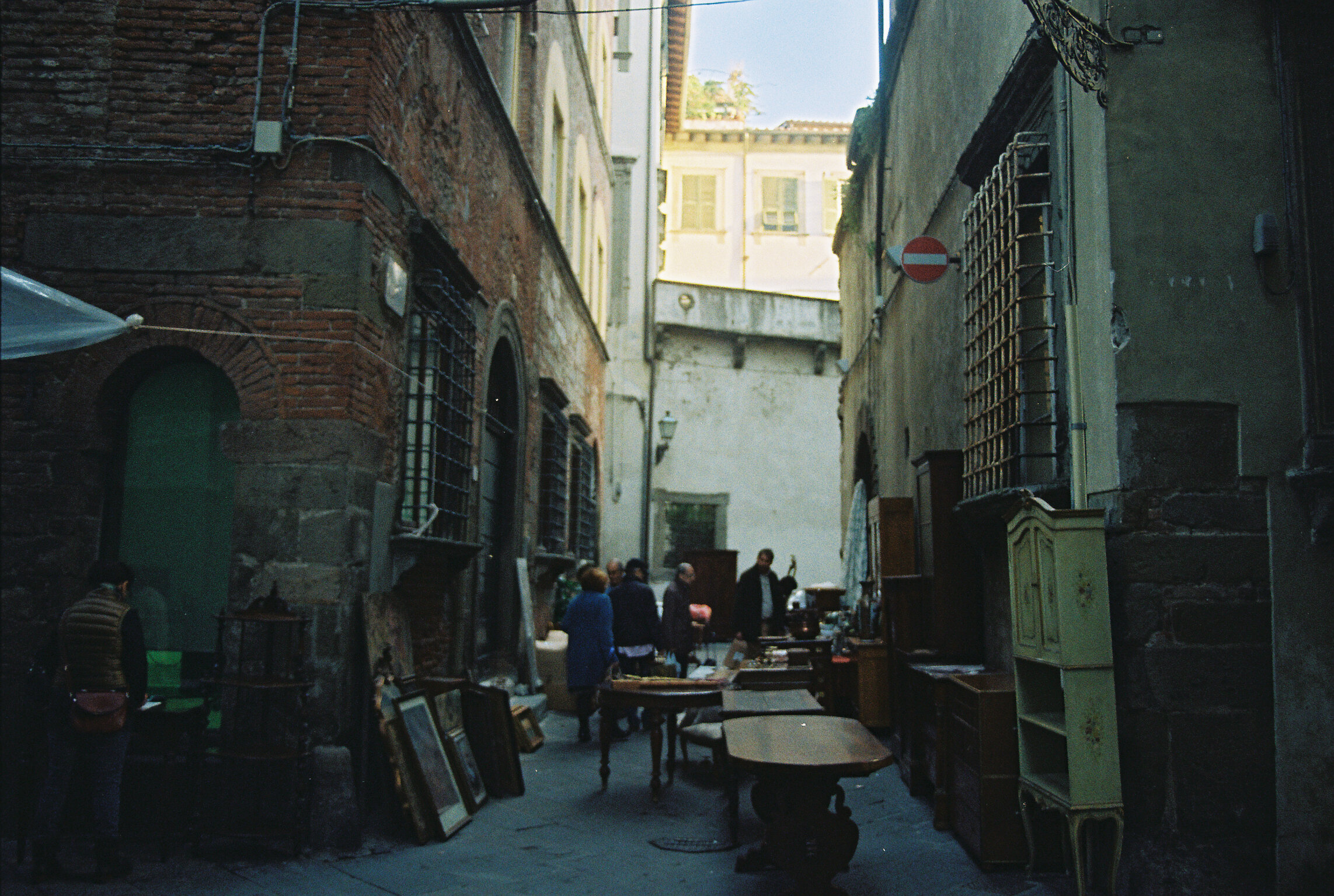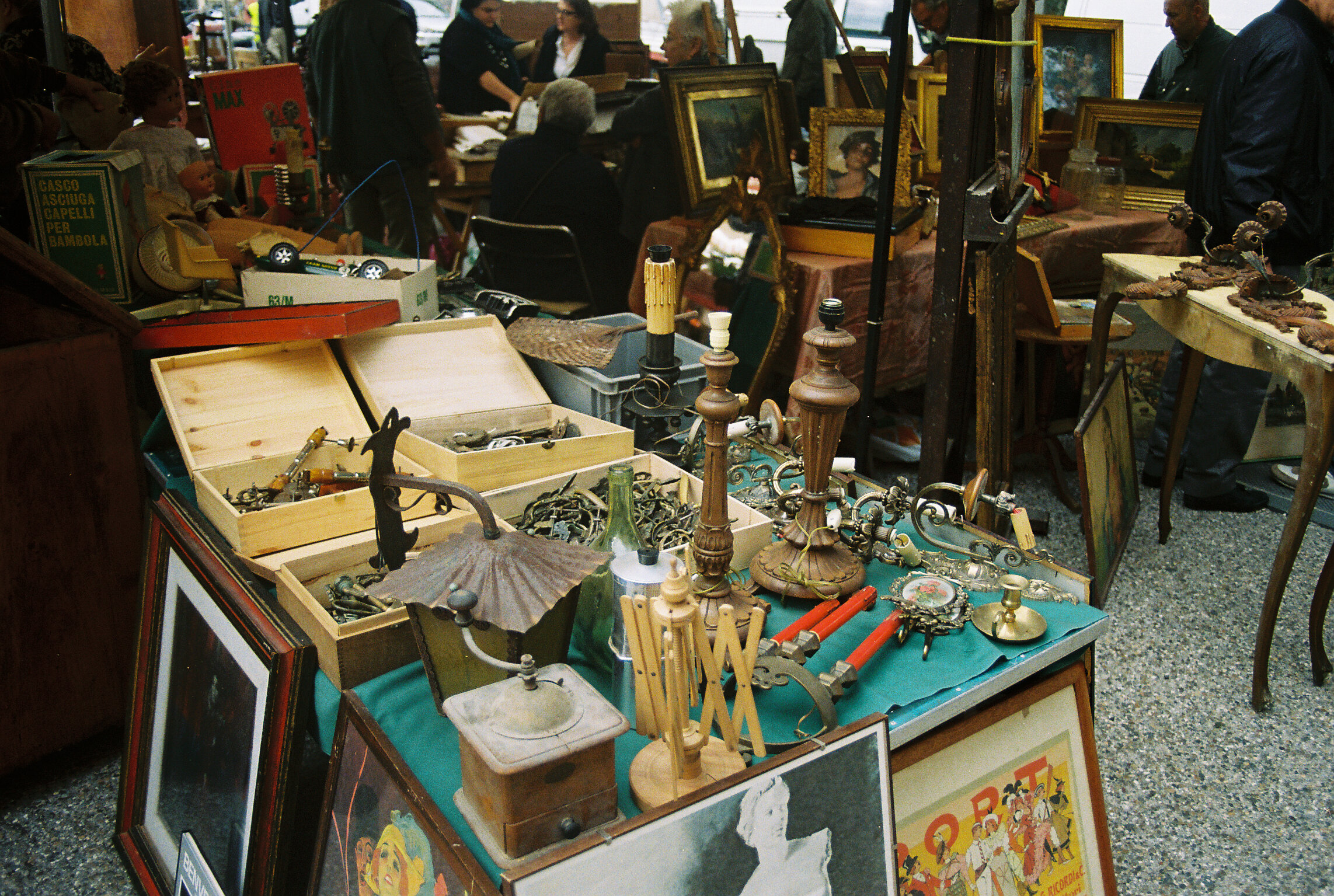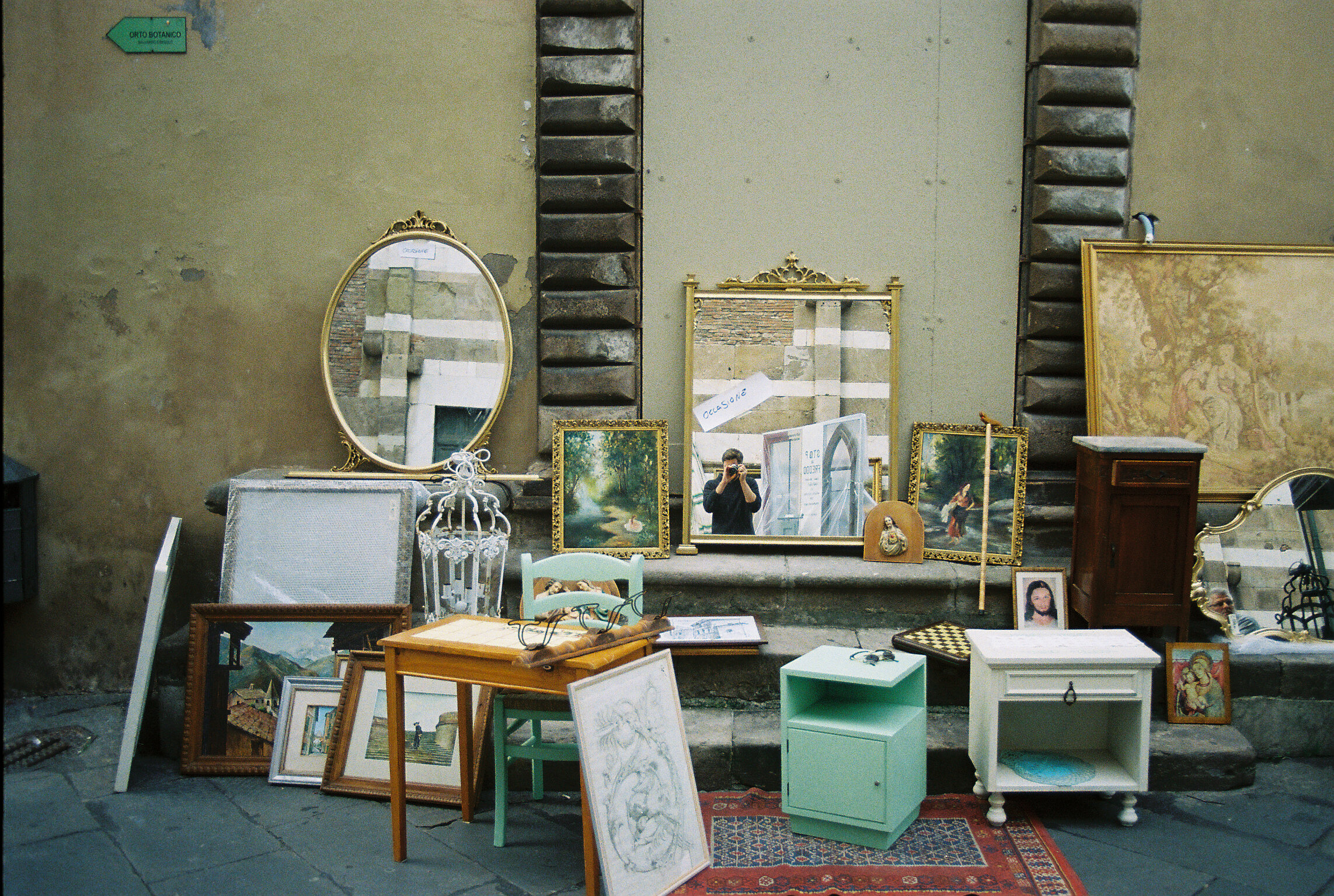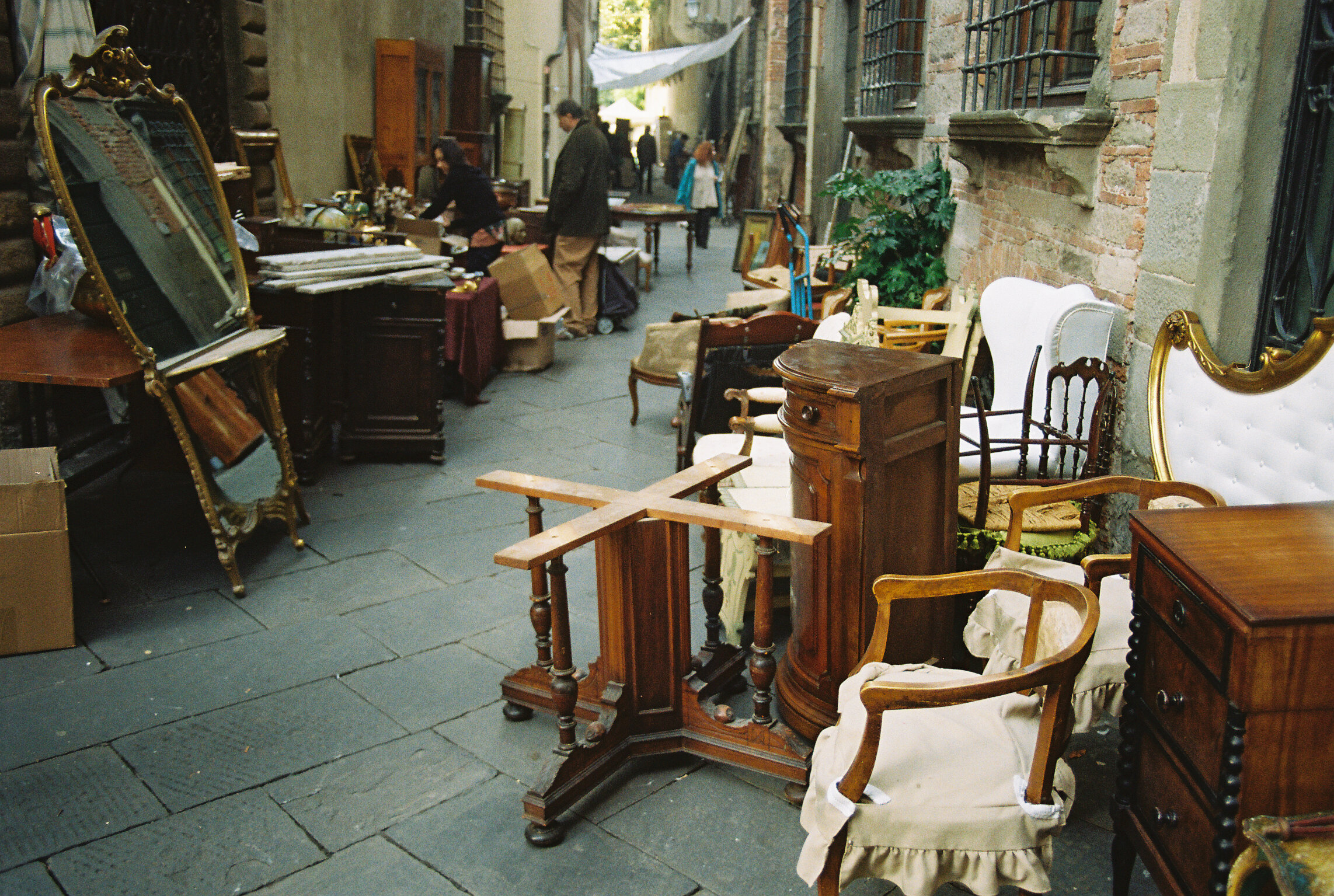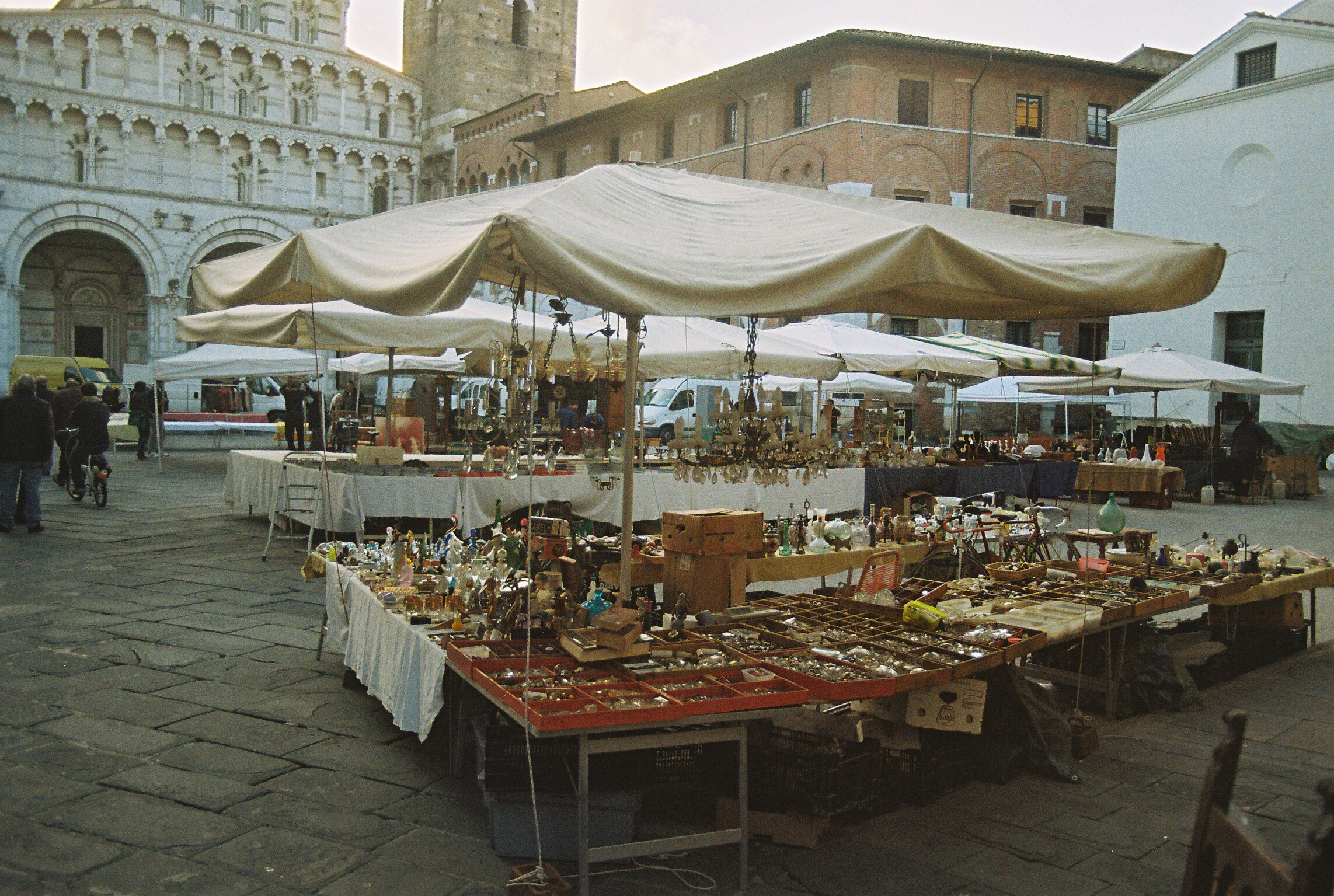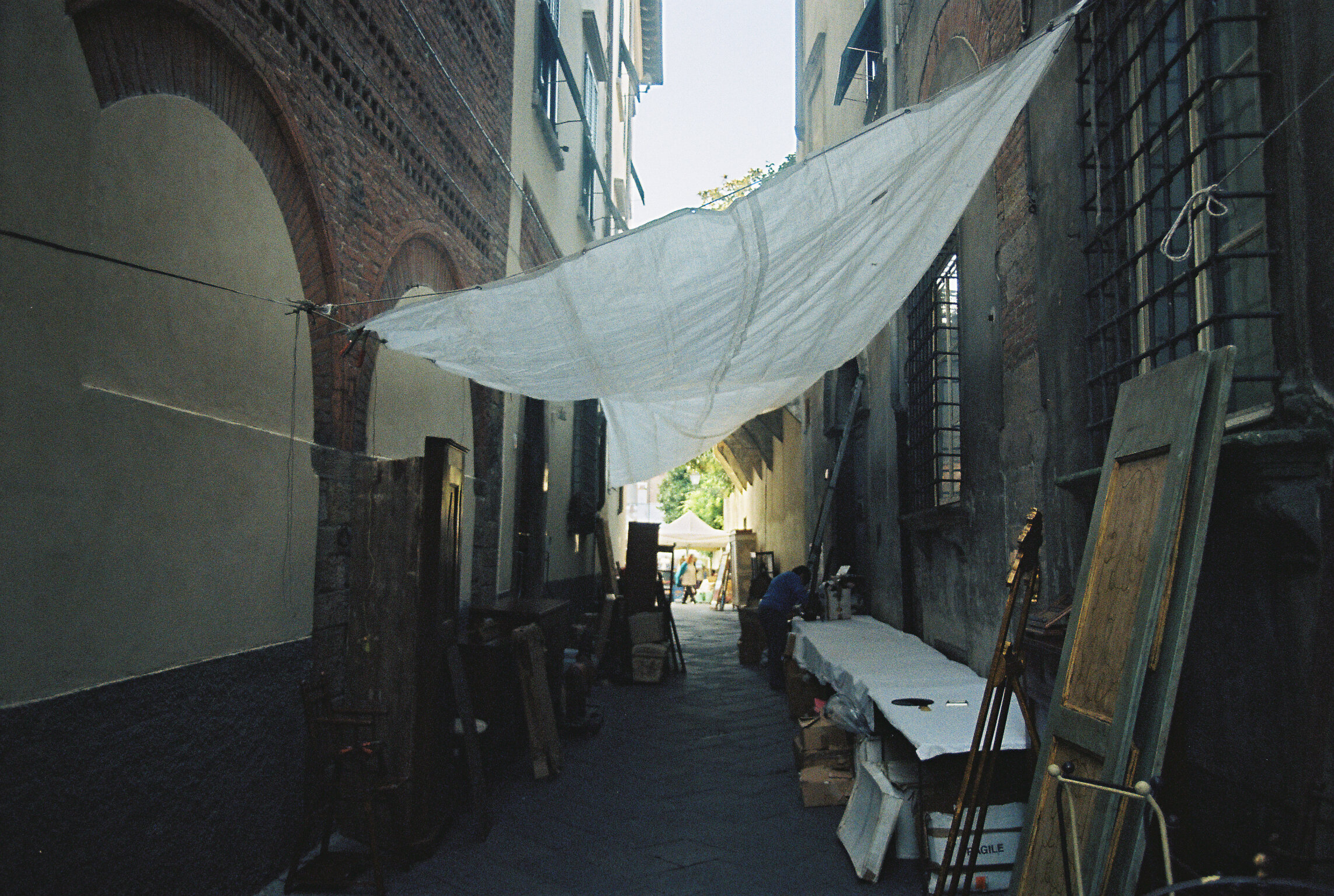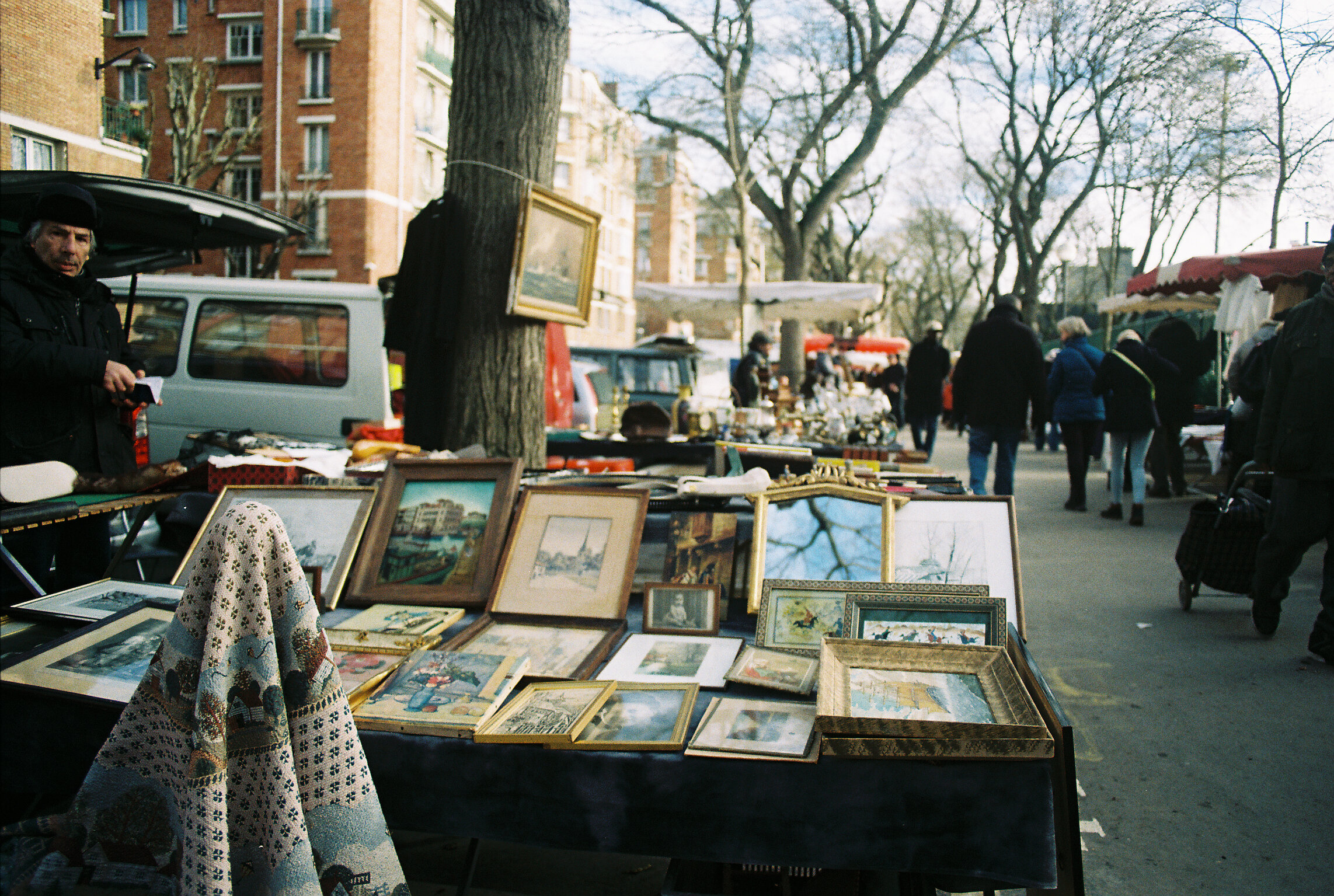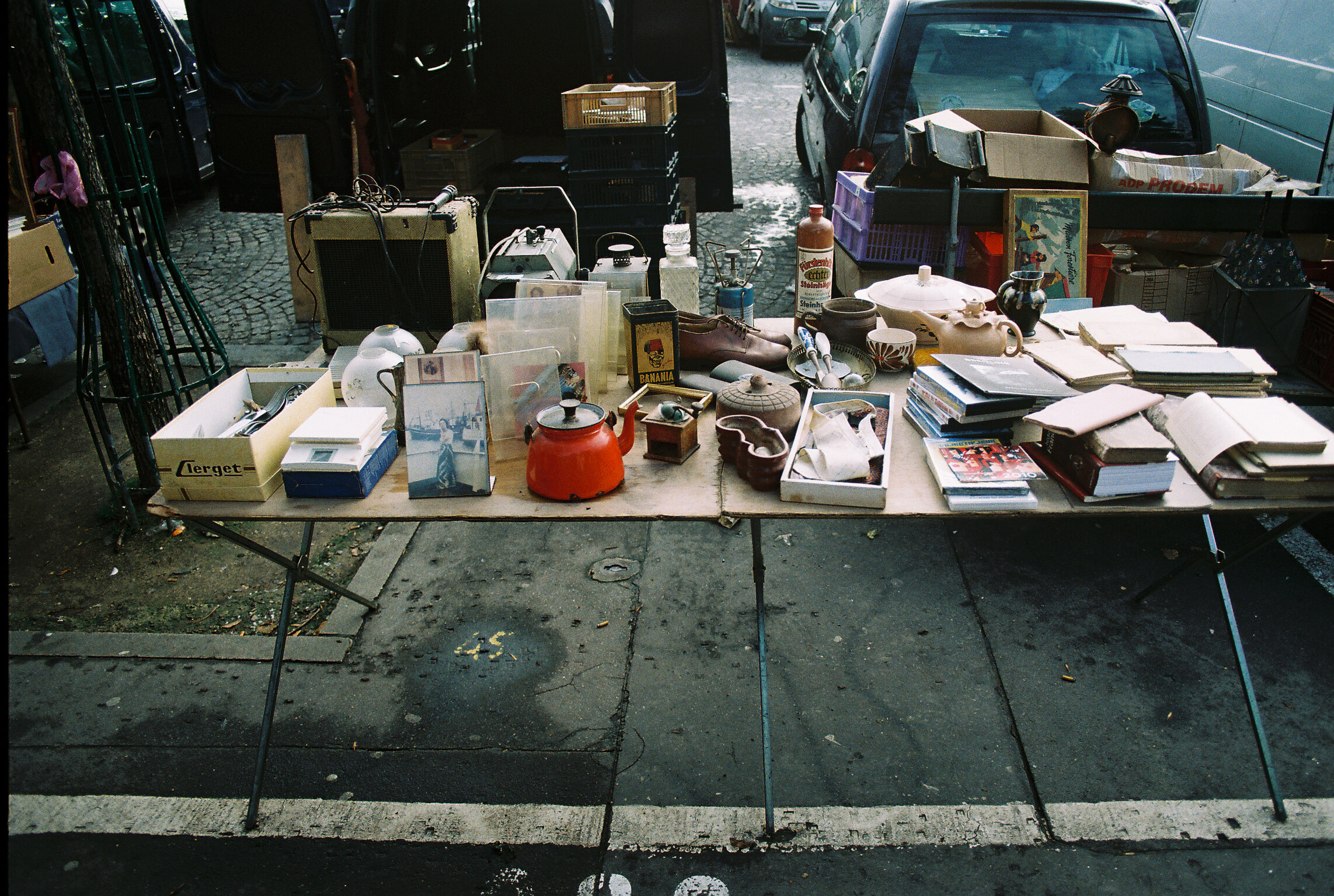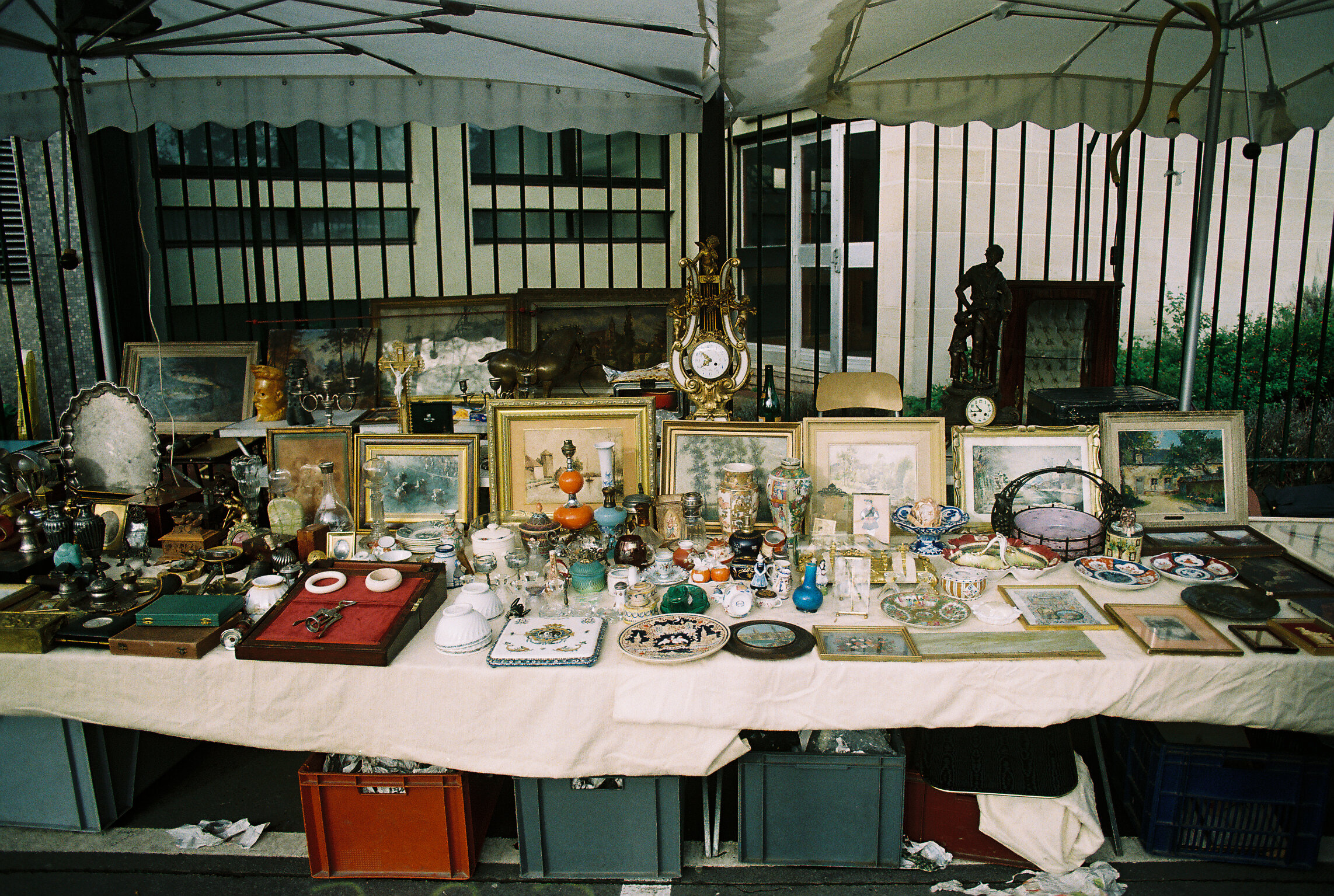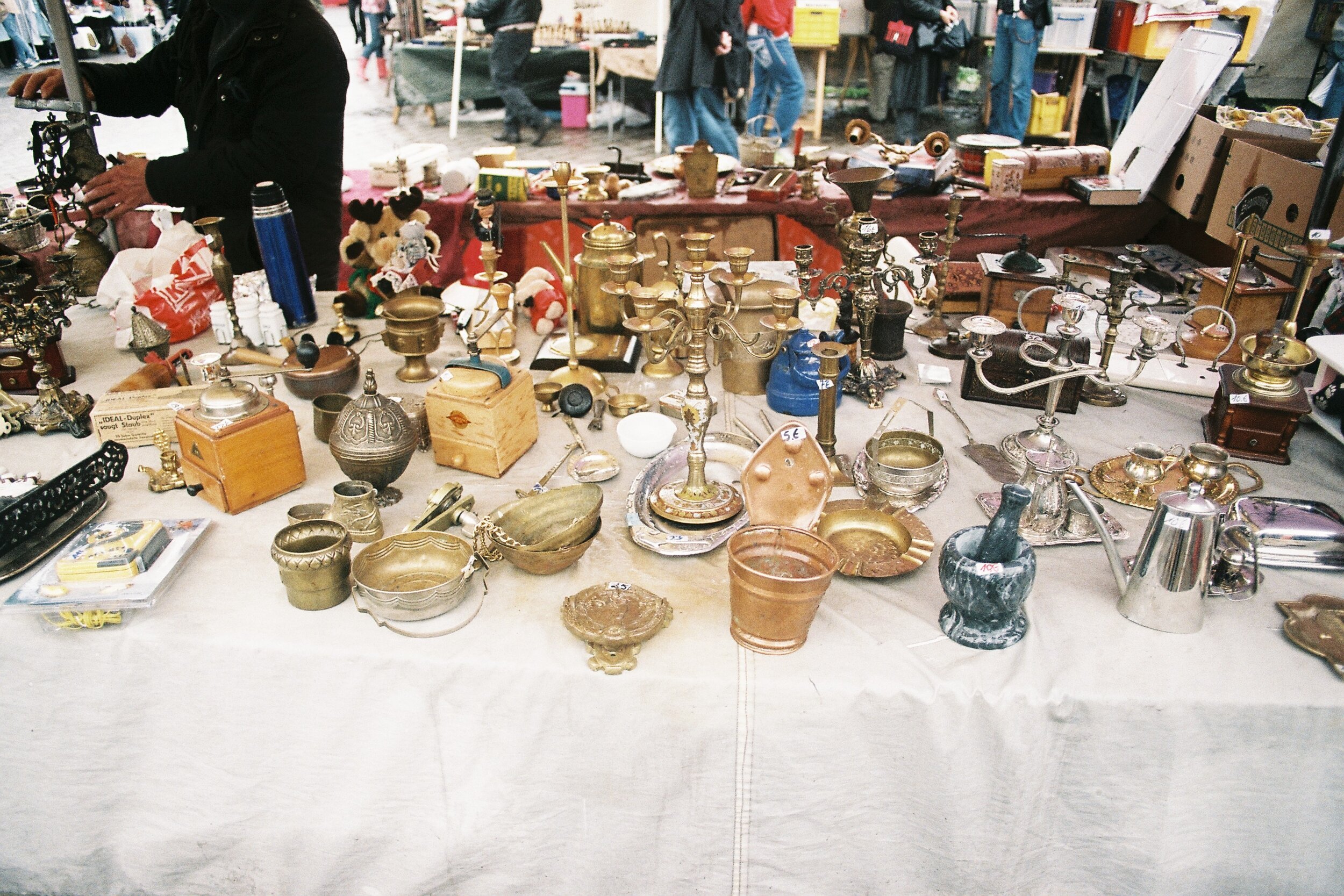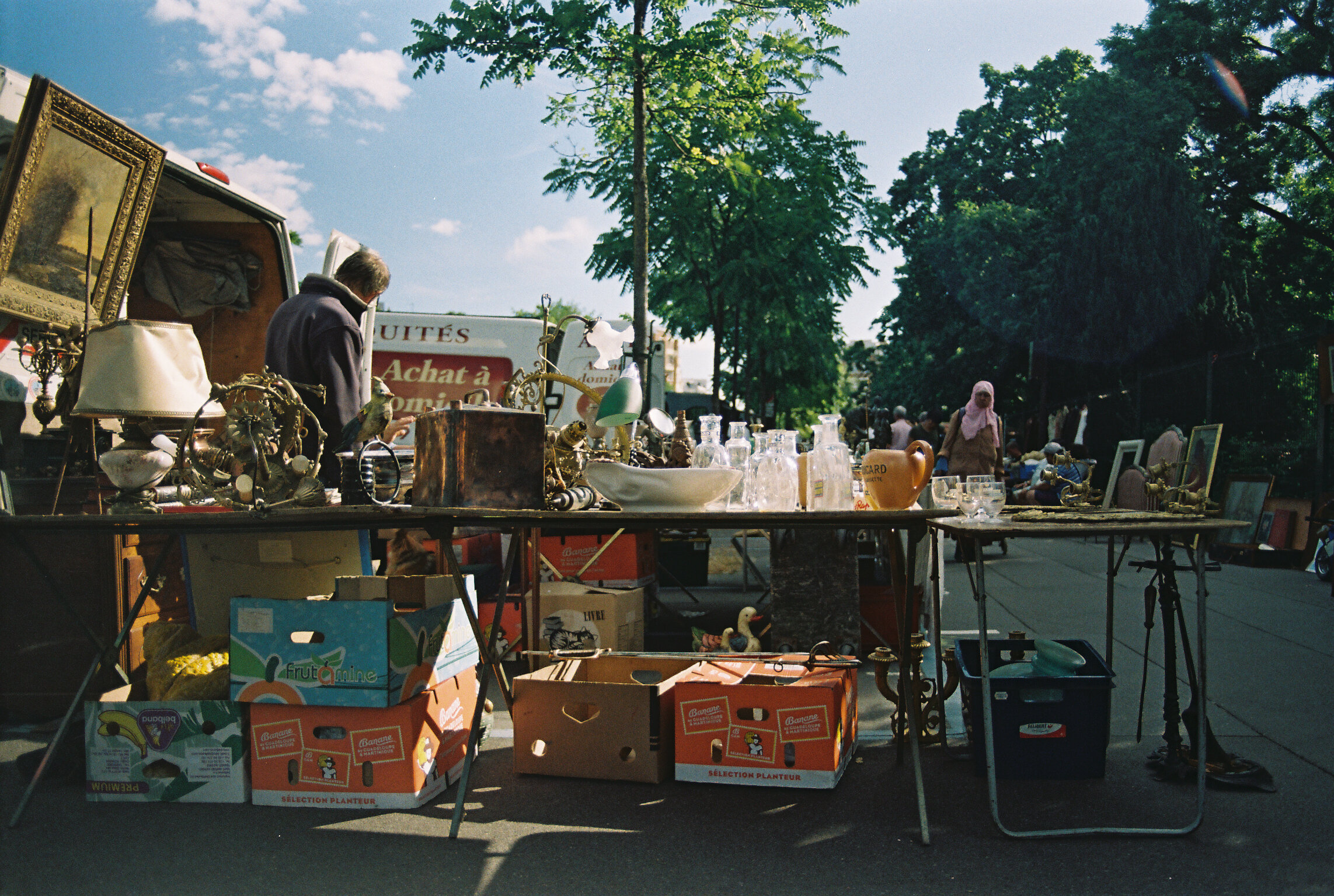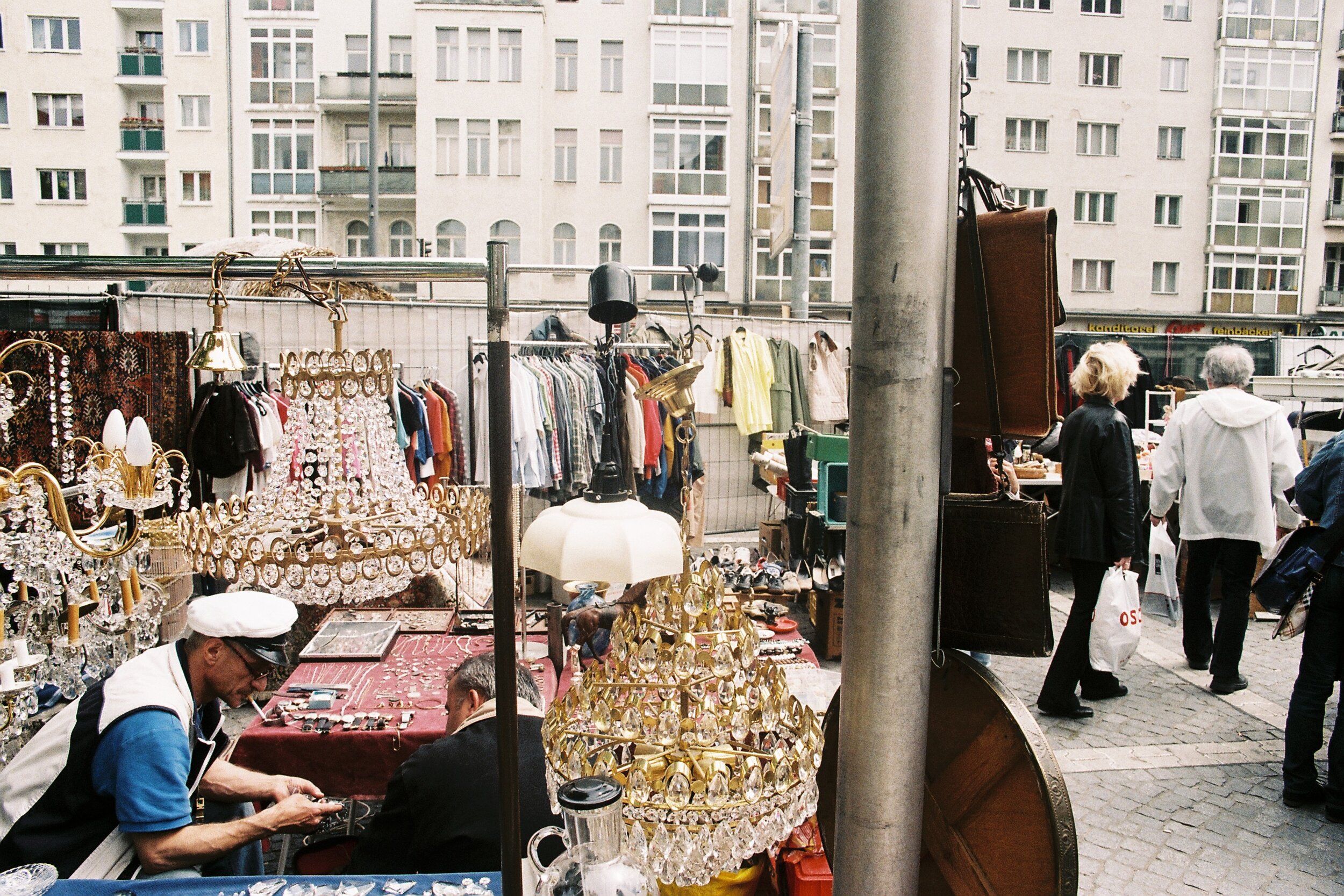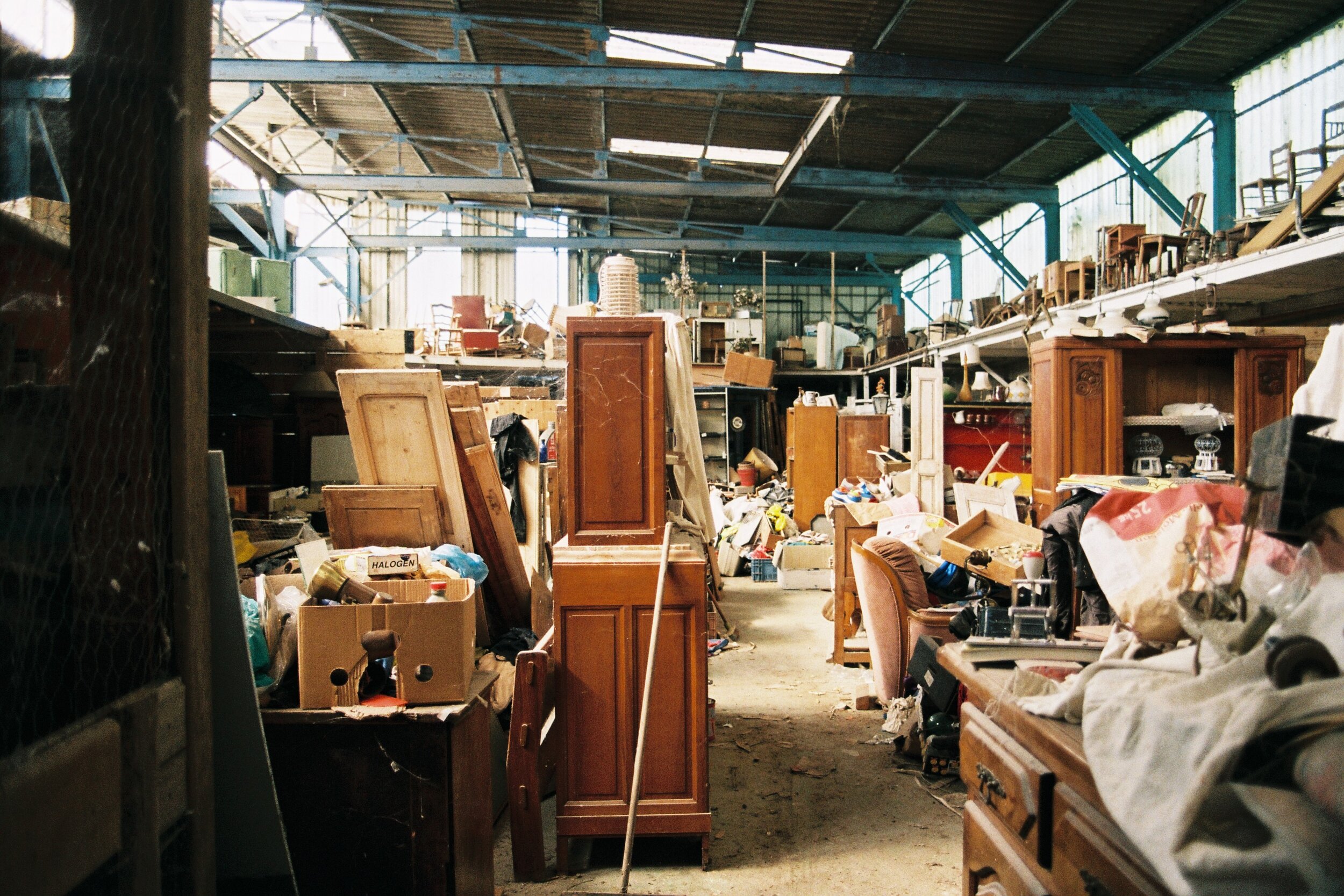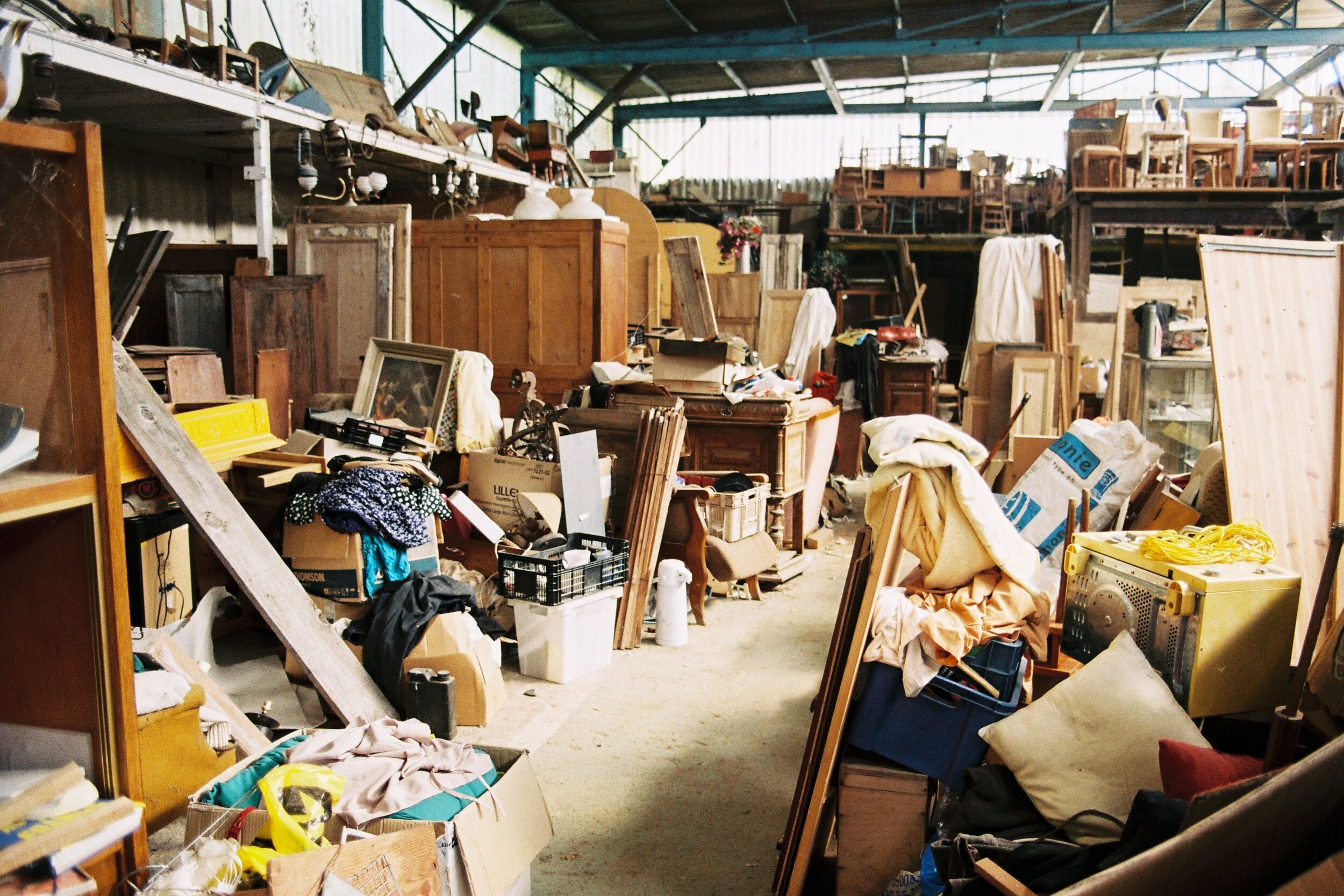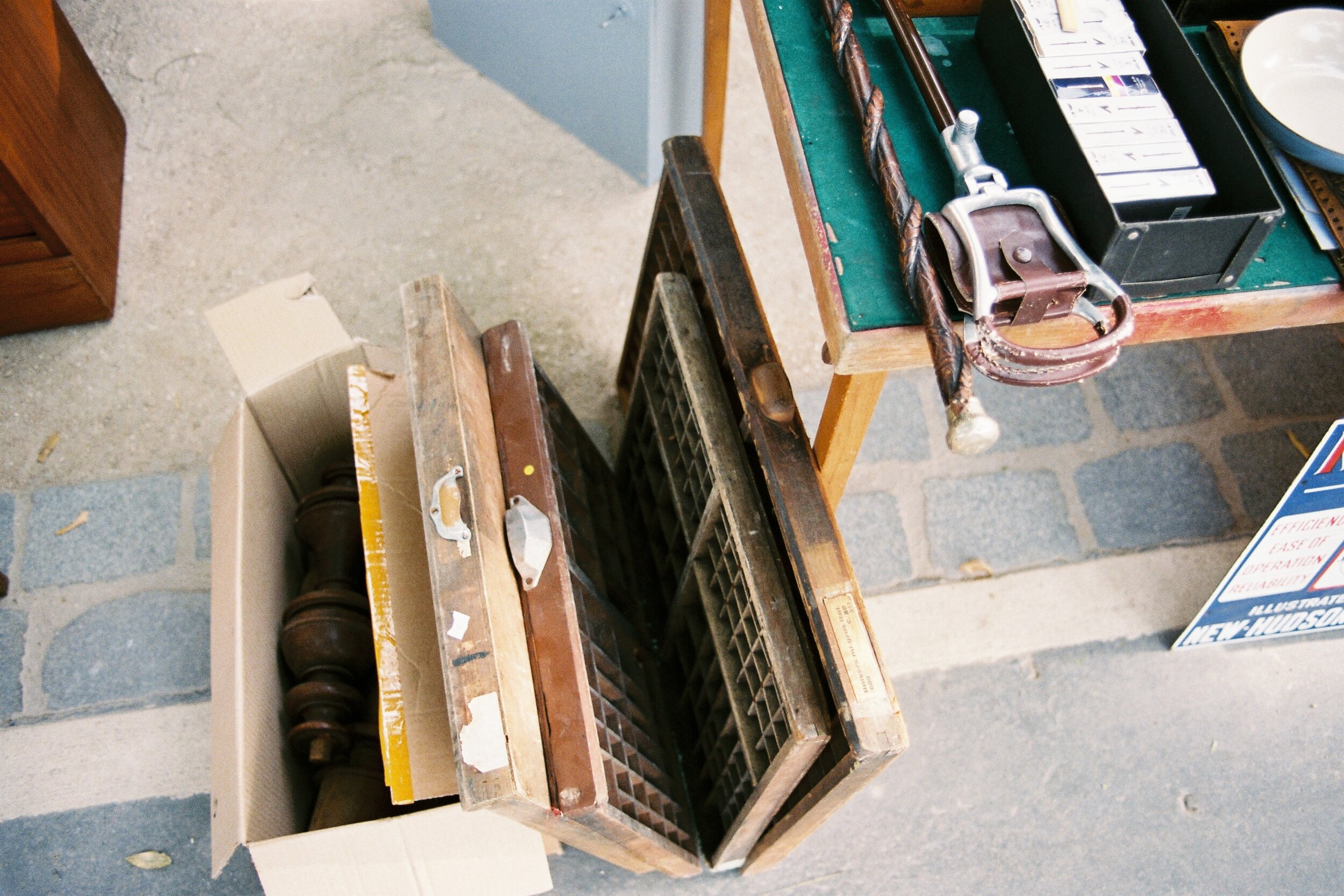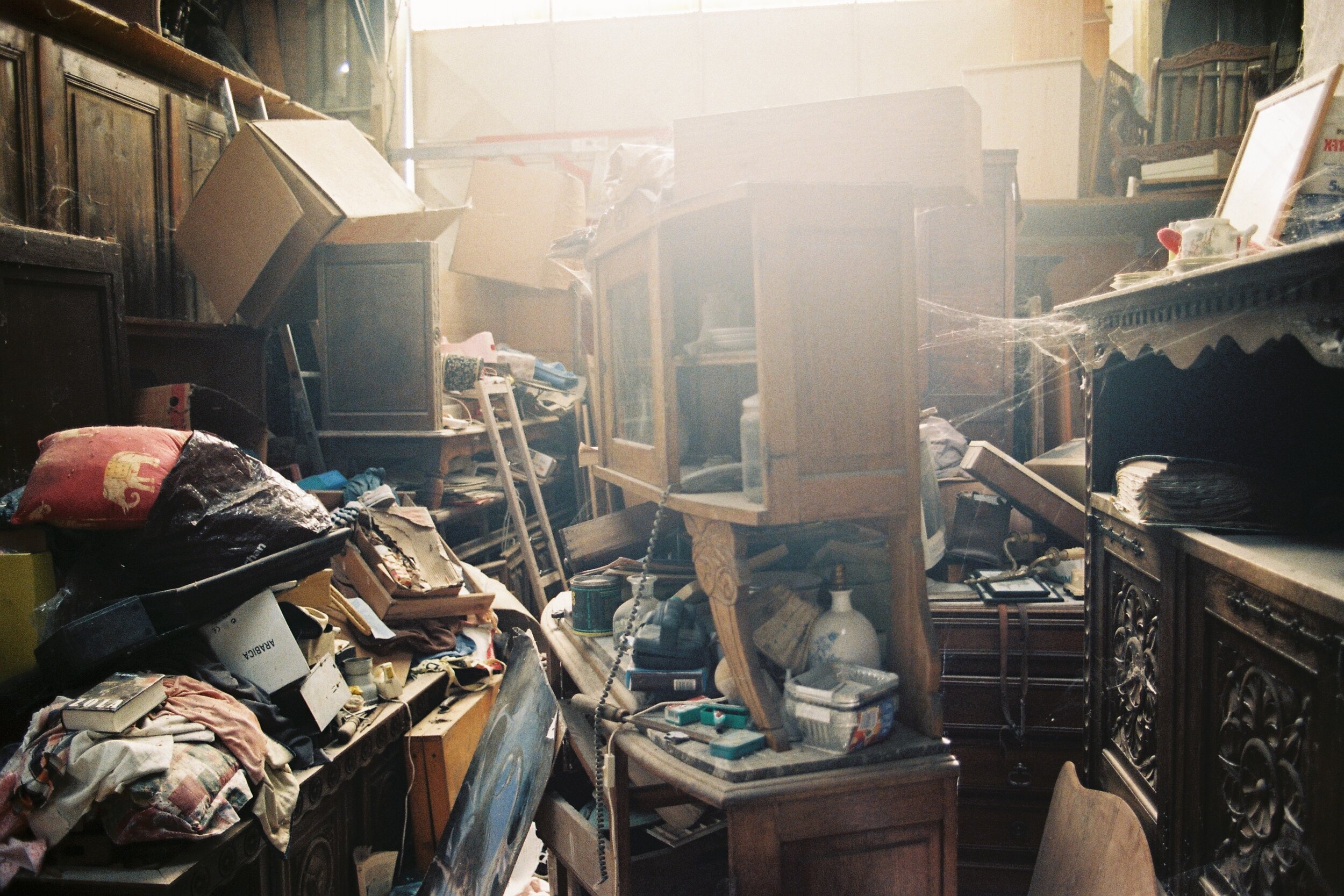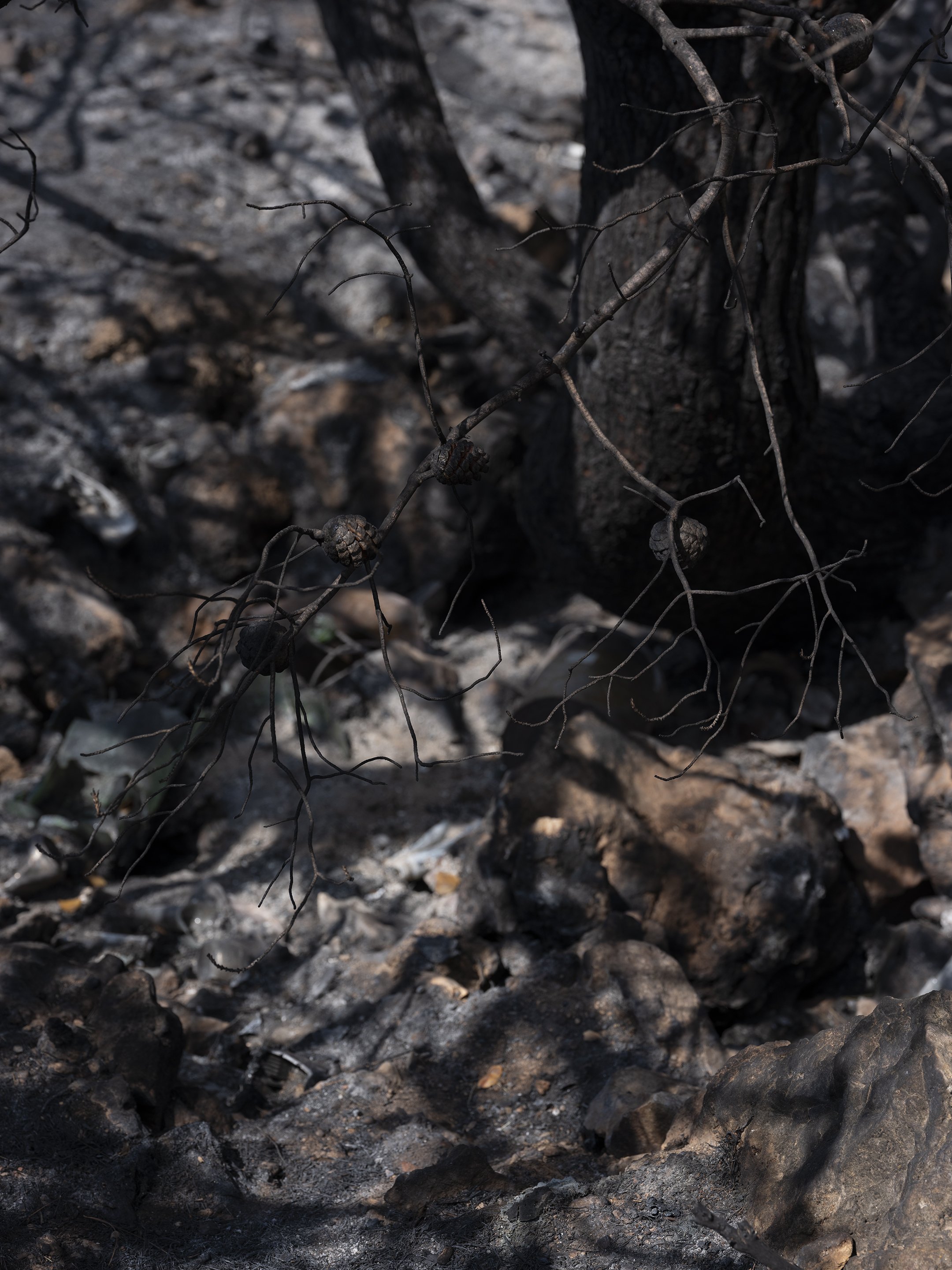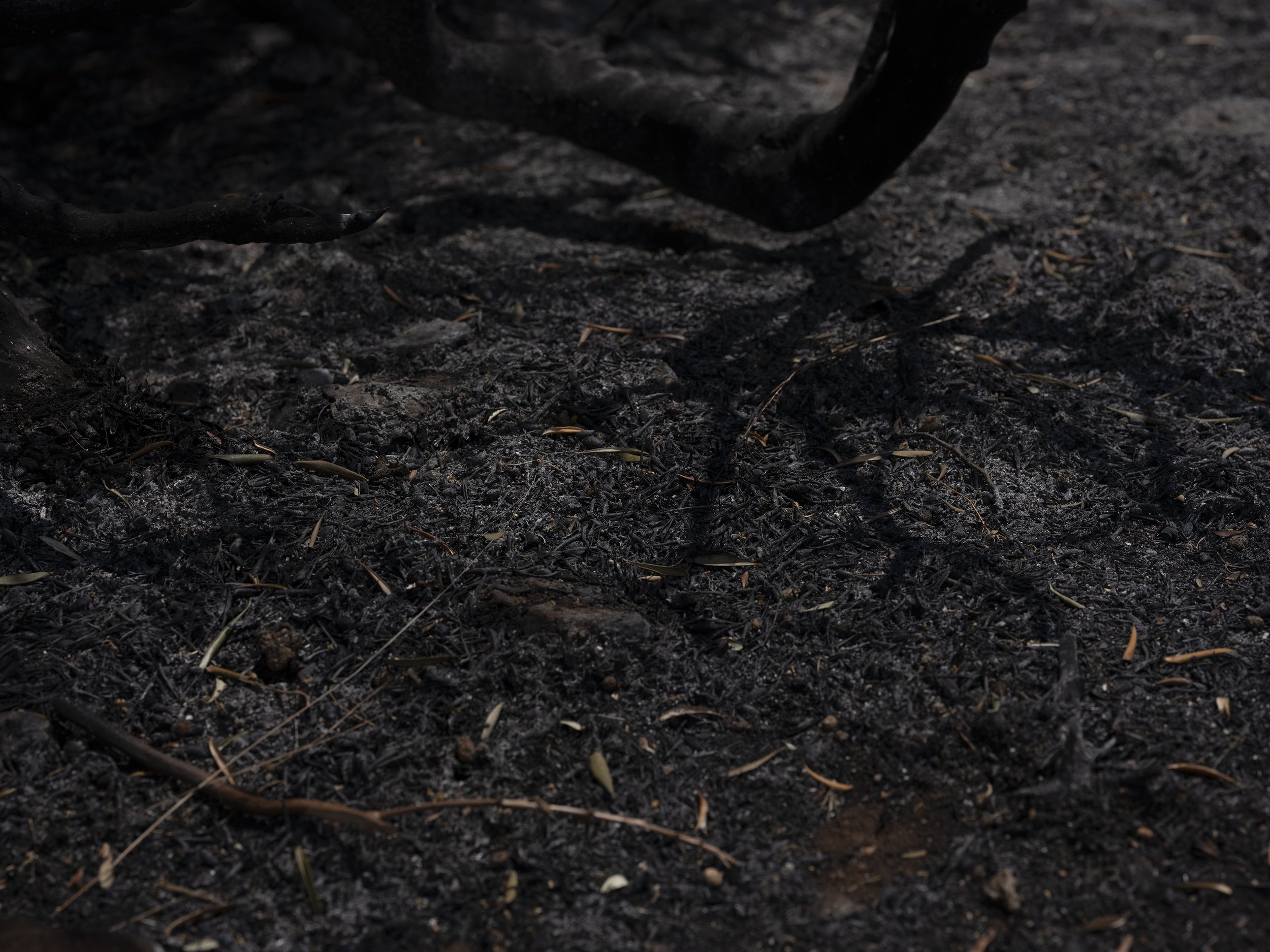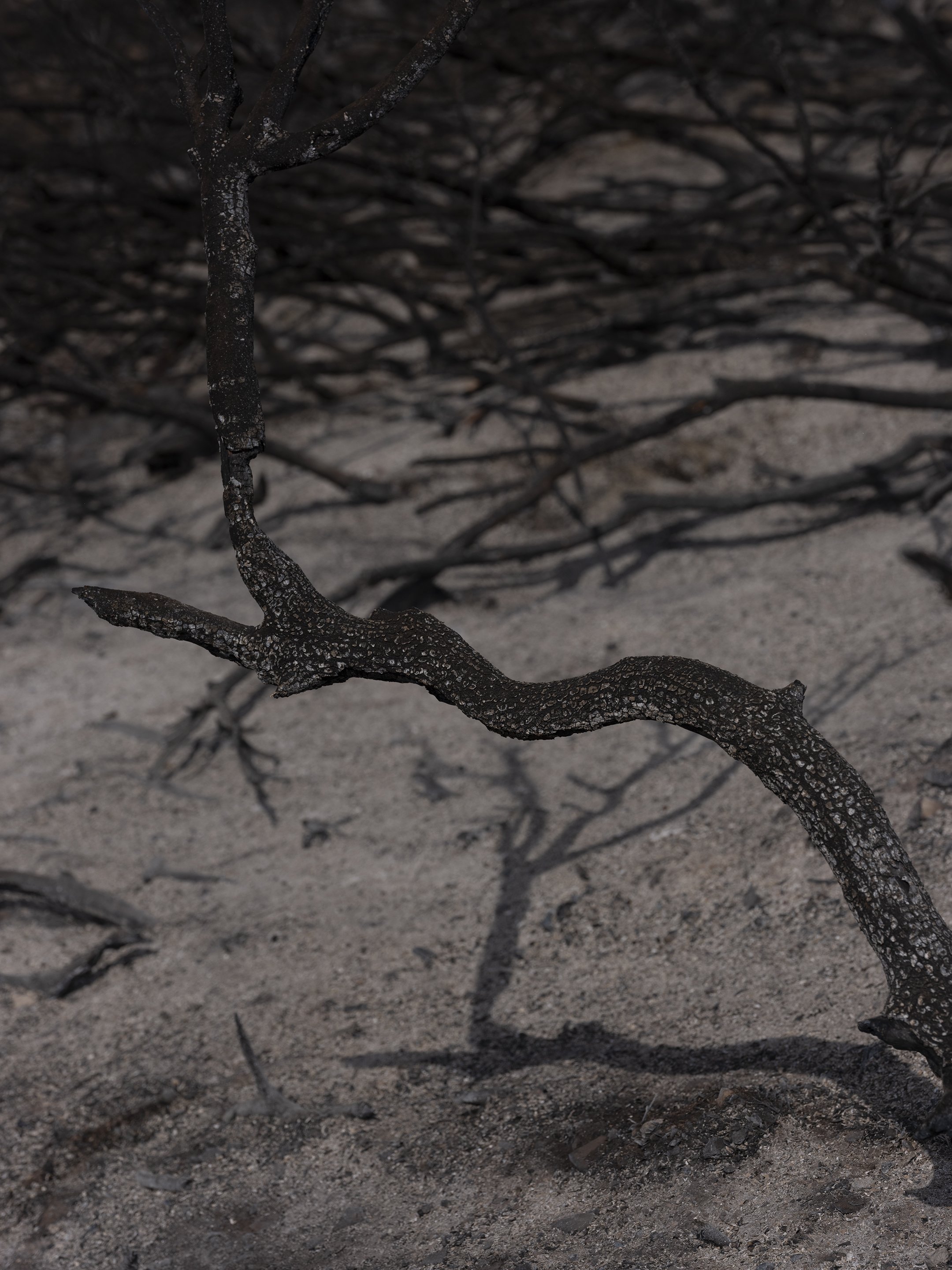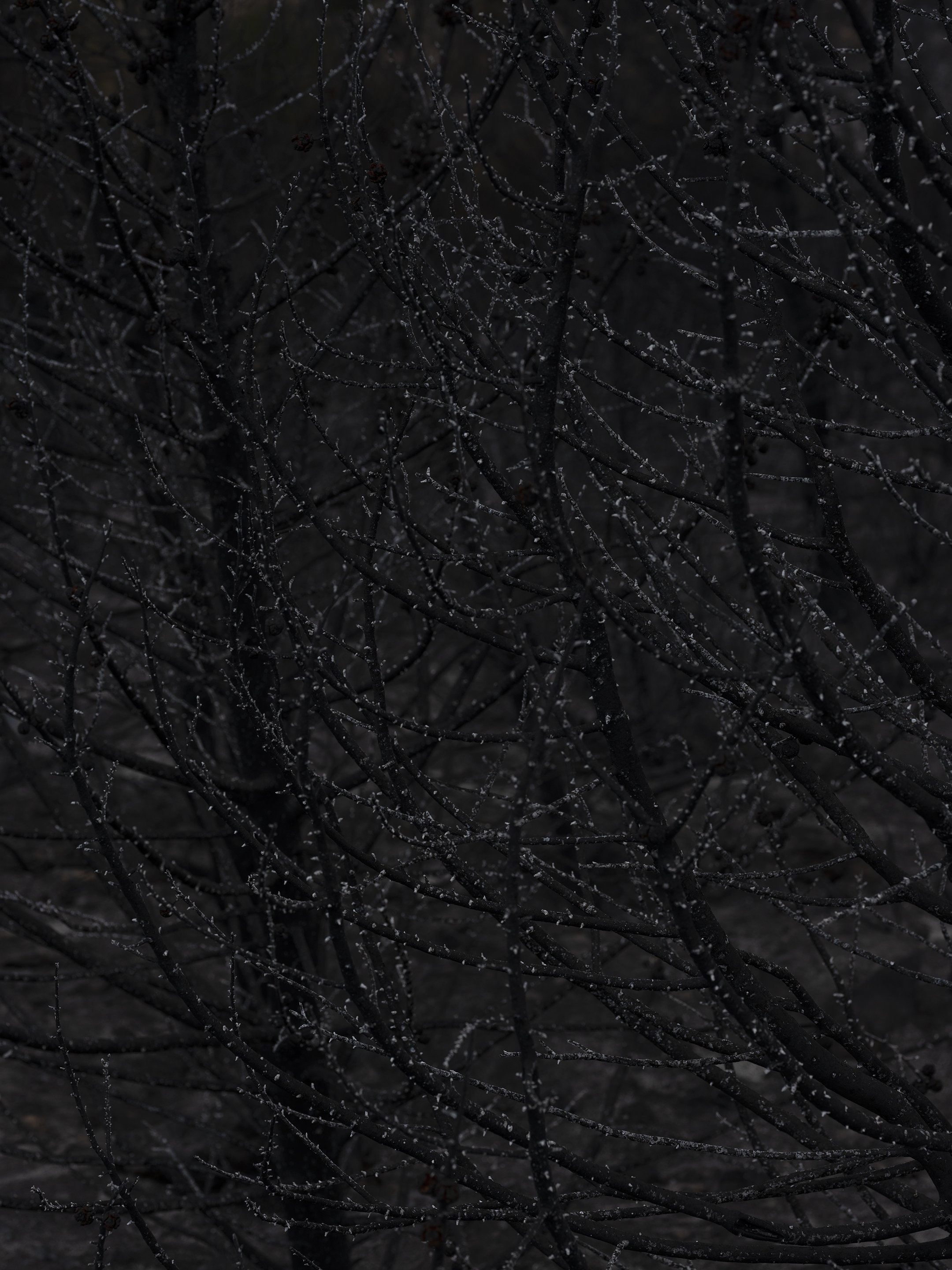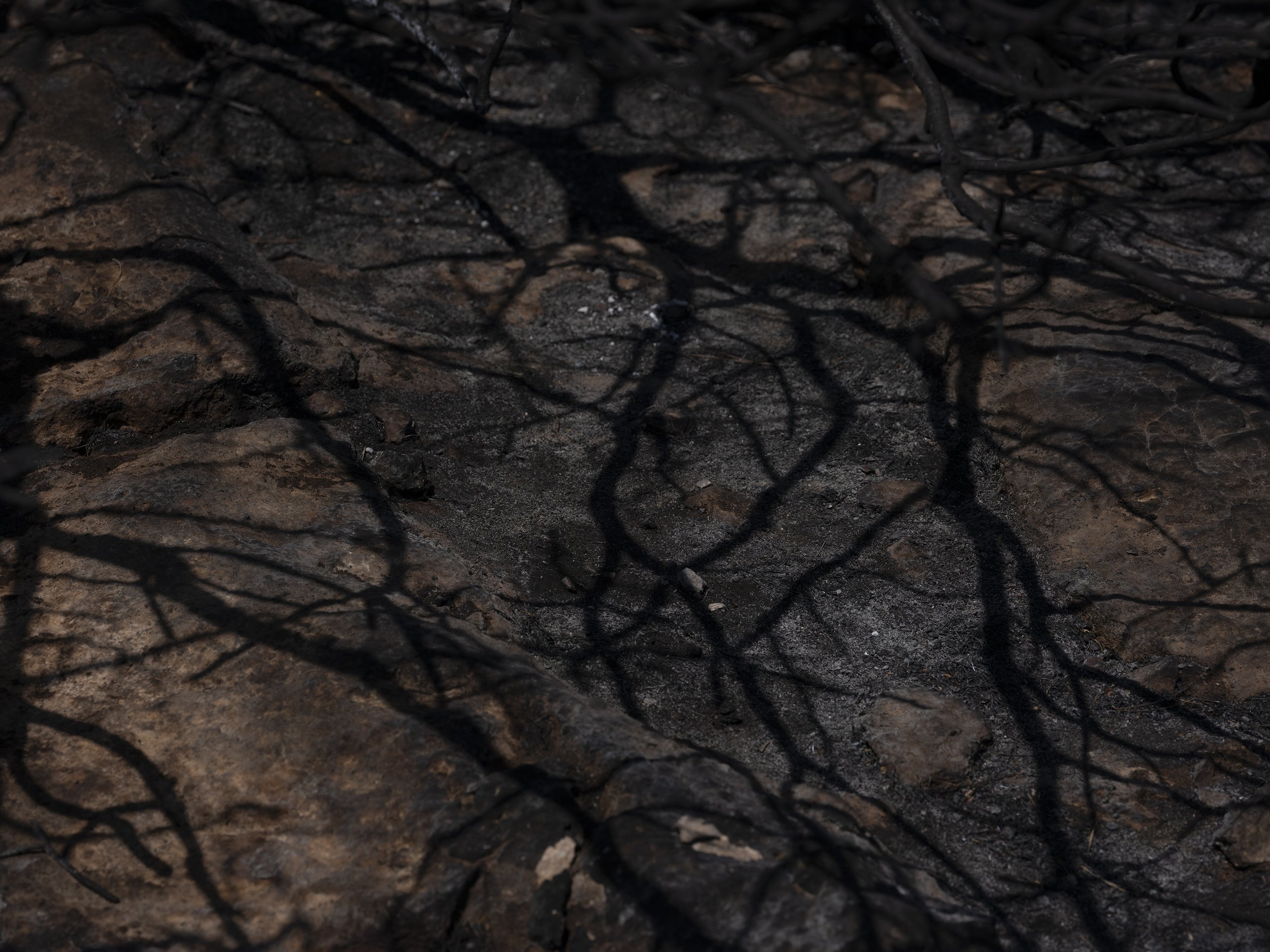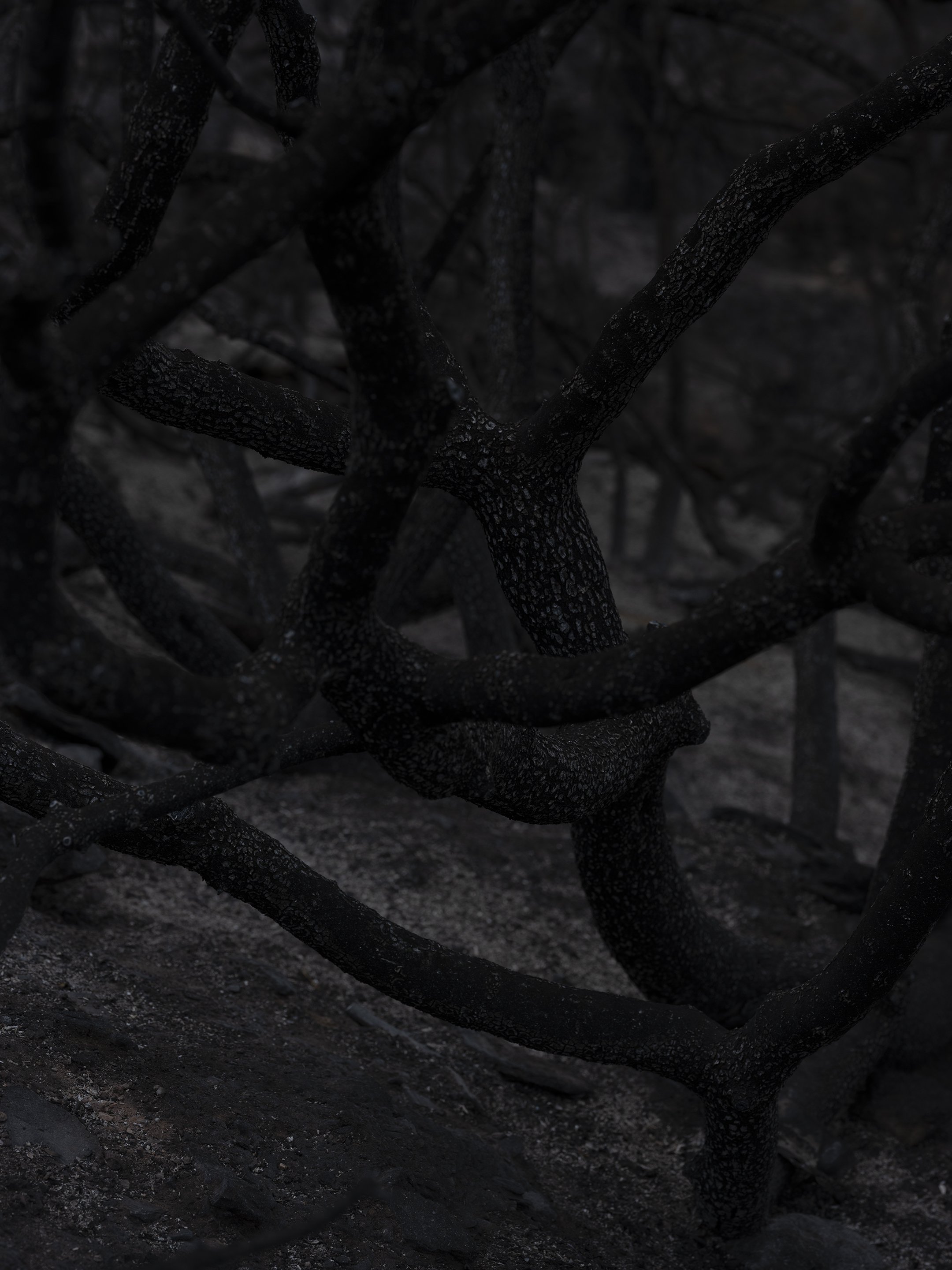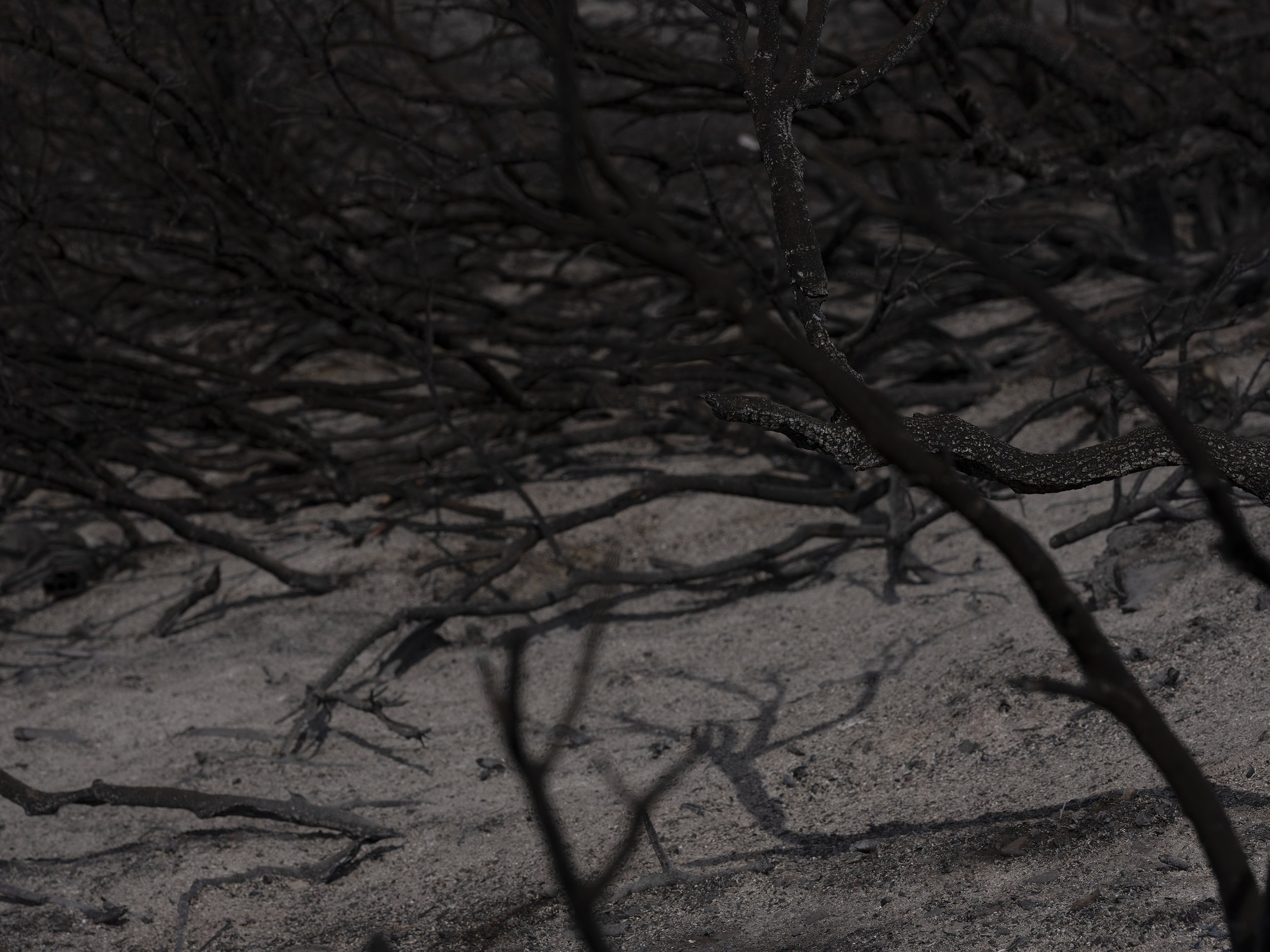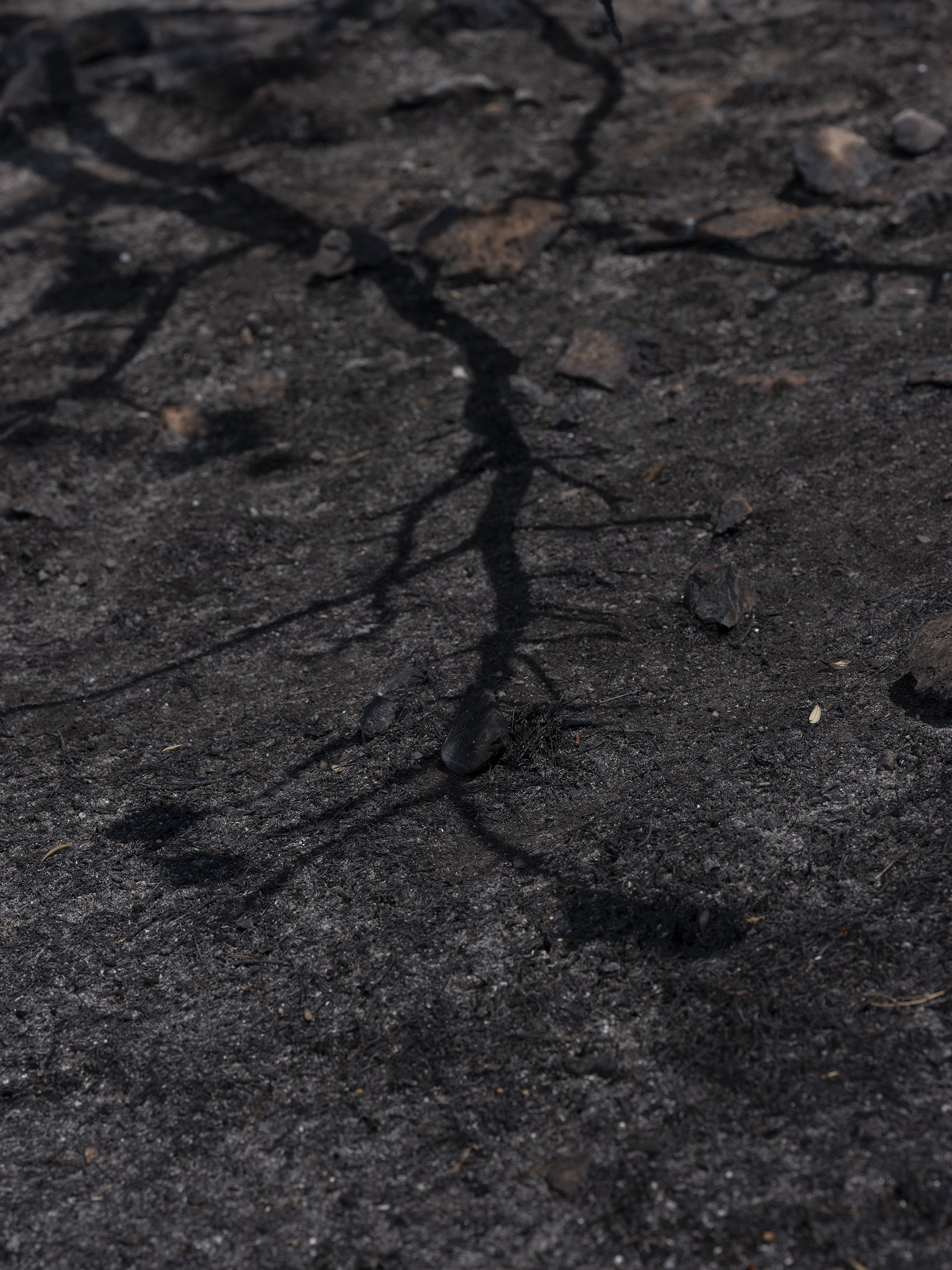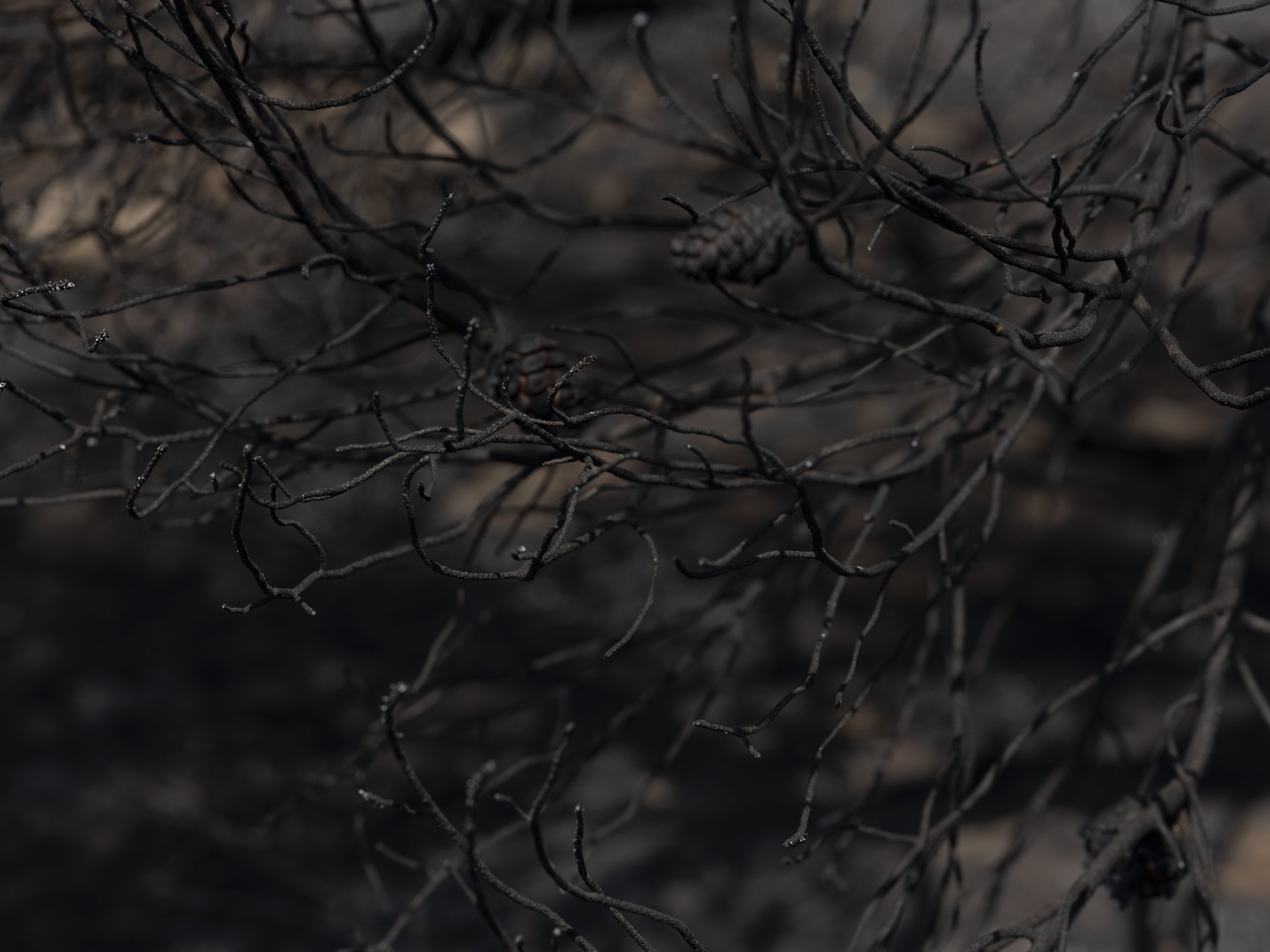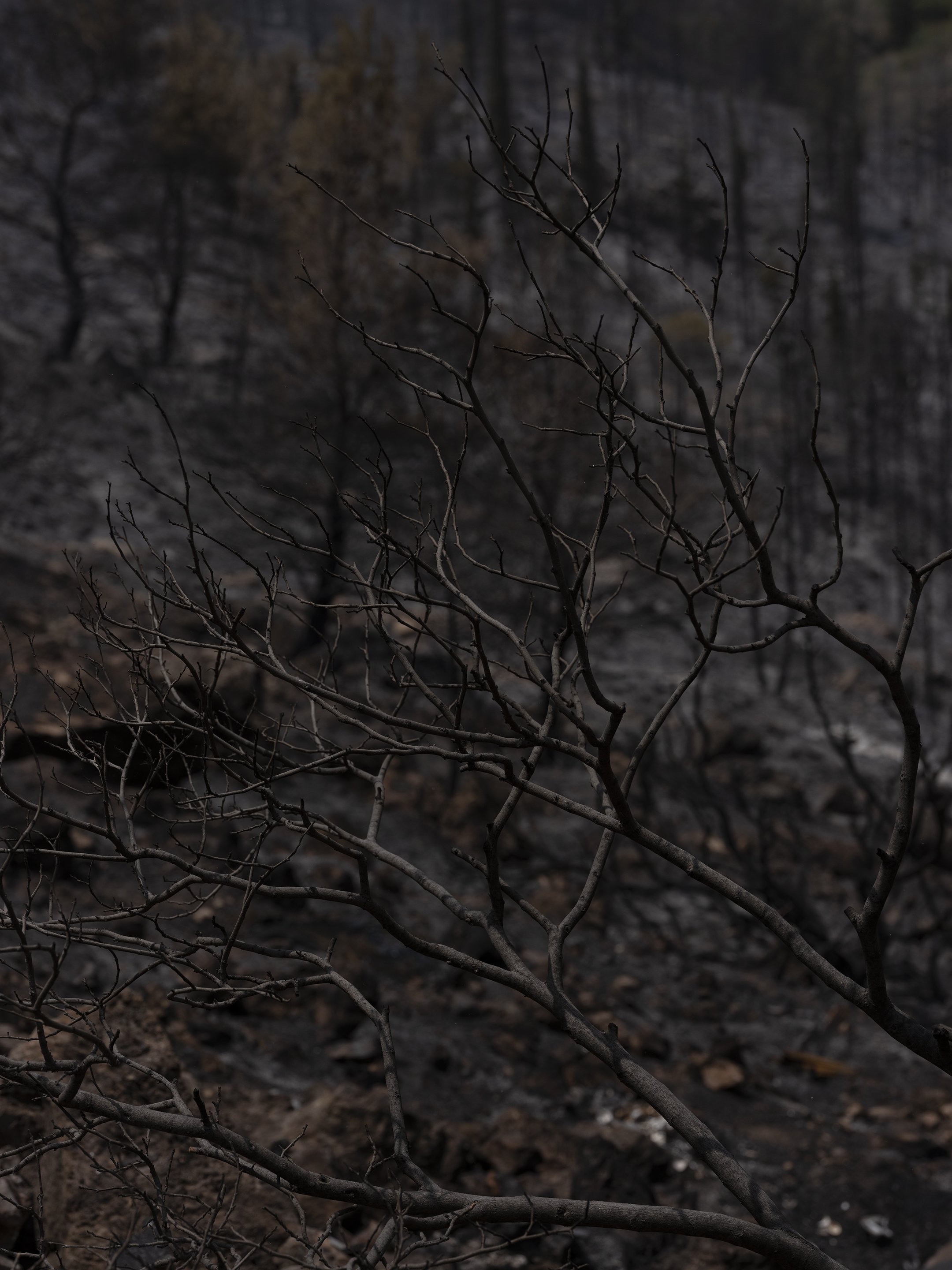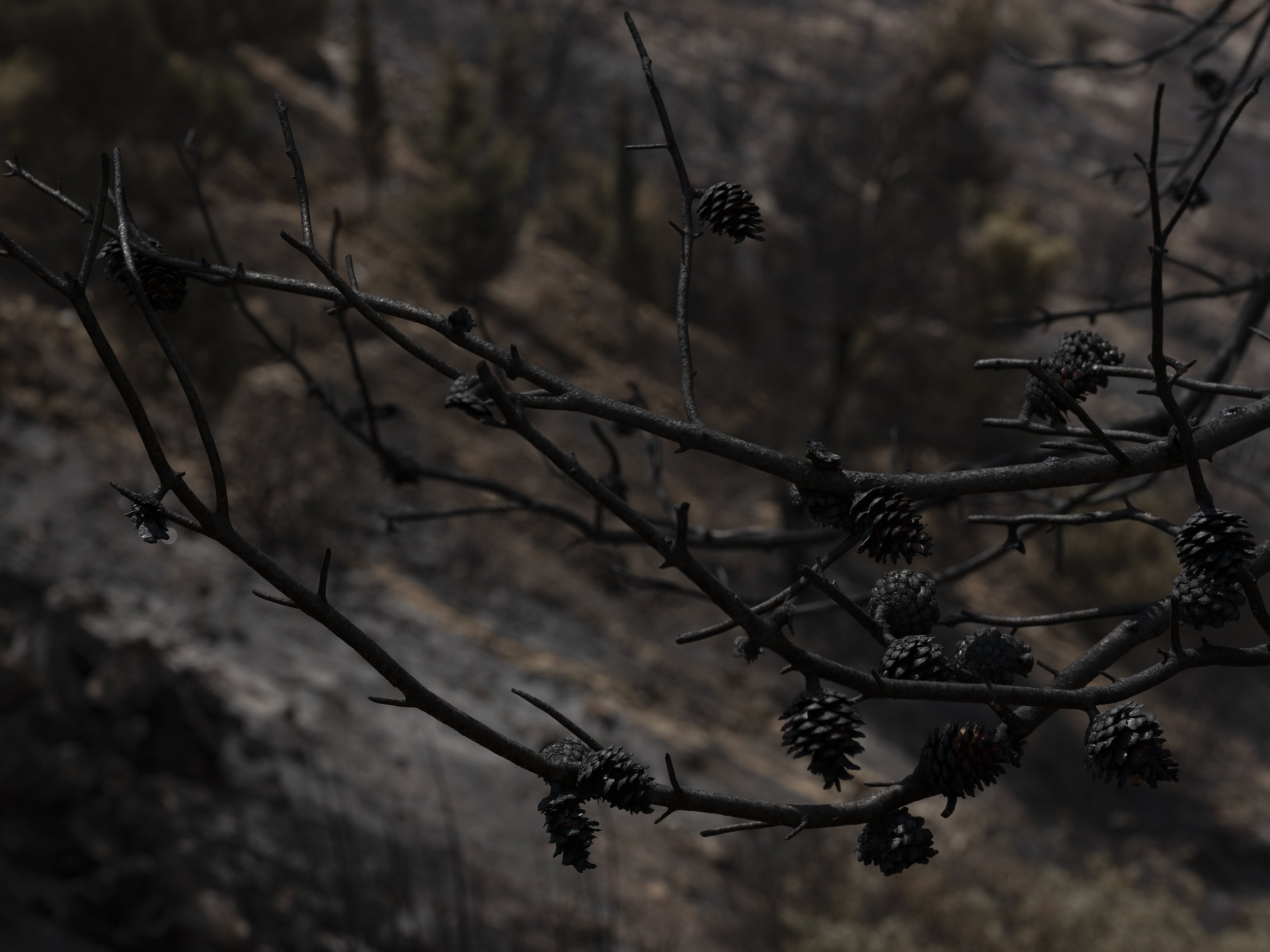
Panthalassa
Whether directly or indirectly, most of the photographs on this webpage are related to water. The series featured in this first section is formed exclusively of seascapes, taken from coastal vantage points or the sides of boats in various locations. Below, other photographs feature architectural elements of seaside towns and cities; or of abandoned, landlocked places where water scarcity has led to crop failure and migration.
Panthalassa was the super-ocean that surrounded the super-continent Pangaea, until the landmass began to break up around 250 million years ago. As a title for this series of photographs, Panthalassa (from the Greek πᾶν “all” and θάλασσα “sea”) is used to enforce the notion that these are each captures of the same ocean. Our World Ocean. Stating the location of each photograph in the series is not important. Spanning twelve years (and counting) these photographs have been taken as research (for painting projects), during material gathering trips, and from the artist’s studio. They link to Cass’ The Sea from Here series, and other works exploring climate change and specifically variations in sea-level rise.
Panthalassa

Coast

Abstract Photography
A series of photographs made whilst preparing the exhibition As Coastline is to Ocean. These images focus on fringes and borders, but imitation too: crumpled carbon paper becomes sea surface, spilled 35mm film resembles a washed up kelp forest.
Gathering
i

Material Gathering
Analogue 35mm, full-frame digital and medium format photographs of flea-markets, brocantes and antique fairs – taken around the UK, and in France, Belgium, Italy, Spain, Germany and Greece. Almost every surface the artist has ever used as part of his studio process is recycled – found at locations such as these.
Gathering
ii

Land, Coast & Sea
Images taken whilst travelling, either for exhibition purposes, research trips or material gathering between 2010 and today. This ongoing series features images of northern Italy (particularly Venice), Athens and the interior Greek countryside, southern France, alpine Switzerland, Spain, and more recently, New York City. The European islands of Ré, Gozo, Burano, Tinos, Syros, Monemvasia and Folegandros feature too. Cass’ travels are increasingly infrequent, and combine multiple activities. Every effort is made to reduce and offset the footprint of these travels.
Dry
i

Land Abandonment
Throughout the arid Almería countryside, patches of nightmarish red-painted forest (such as the above) are common. The water and retardant poured from the air to halt a blaze contained this vivid, blood-red pigment.
The region is bone-dry, and pine trees abundant: non-indigenous and mostly planted by man for hunting. Their roots absorb the scant subterranean moisture that should be going to crops, invading terrace systems and ruining age-old watering channels. Though, precipitation here is at an all-time low and so most of these channels no longer function anyway.
As the climate crisis worsens, scenes such as this will become ever more common. Drought and inundation are both sides of the same coin, they come hand in hand with climate change. A warmer world means faster evaporation and ramps up the ability of our atmosphere to hold and transport moisture. This means dry areas of the world become even drier, while wet areas get wetter. When the rain does arrive it is increasingly likely to be torrential, in the form of a storm, causing flash flooding and stripping soil and nutrients from the land. It was lightning from one such storm that set this patch of hillside alight.
Almería contains the closest thing to a full desert Europe has – it’s described officially as a semi-desert – and the rest of the region is becoming increasingly susceptible to the same fate. Drive around the region, between towns and villages and you’ll pass hundreds of abandoned houses: from simple dwellings to farmhouses with acres of land, they’re each now left to the elements. There’s nothing here to keep families on the land: wells and reservoirs have gone dry and episodes of drought have become ever more frequent since the middle of last century, rendering the land unworkable, uninhabitable, unsellable.
We spoke to locals – elderly residents of rural villages – and were told of the wet springs of their childhoods, of snow in winter, of green (pine free) hillsides. In half a century, life in this region has changed dramatically. Almería currently endures over 80% of the year without rain, or chance of rain (that’s in a non-drought year).
In 1960s Spain many farms and farmhouses were abandoned in the south of the country. The abandonment occurred for an accumulation of reasons: at the core of each lies the topic of water. The story remains the same today: life is hard in the Badlands (as named by the Almeriense) working unyielding, semi-arid terrain under unforgiving sun.
Through a mix of digital and 35mm analogue photographs, this project sought to investigate: to capture and document traces, evidence of life. Just as Cass’s paintings are created upon surfaces which evidence their previous function (their previous lives) these photographs depict dormant spaces, spaces where lives were once led.
Dry
ii

In mid-July 2021, a small wildfire began burning over the northern half of Evia, north-east of Athens, Greece. Over the next month – most of which exceeded 38 degrees celsius – it swept from one coastline of Evia to the other, racking up a staggering volume of damage: 120,000 acres of burned forest, hundreds of millions of euros in economic loss, and the evacuation of dozens of villages and thousands of islanders. Fires also affected the mainland and Athens itself, where the two photographs above were taken.
The devastation, though shocking, isn’t new: Greece sees wildfires every summer. What sets the 2021 fires apart, however, is the Greek state’s explanation of why they’re happening. “The climate crisis,” as Prime Minister Kyriakos Mitsotakis said in early August 2021, “is here.” But after decades of privatisation and austerity, the state is in no position to combat it. In places like Evia, Greeks have been largely left to fend for themselves. And thus, nightmarish scenes – of blackened, devastated landscapes – will occupy hundreds of thousands of hectares per year if serious action isn’t taken.
Less than a year later, on June 4th 2022, fires broke out in Athens’ southern suburbs during a heatwave, in the neighbourhood of the artist’s studio. The images above and below were taken just two and three days after the blaze, the smell of smoke still strong, fresh ash coating the hillsides.
Selected Lens-Based, Digital & Documentary Works CV
2023
Co-curation of a physical version of Points of Return featuring 2+ hours of digital art (split between 4 screening spaces)
The Umbrella Arts, Concord (MA.) USA
2021—2022
Participation in Art Speaks Out | IkonoTV | Film streaming at COP27, Sharm El-Sheikh, Egypt
Online exhibition Points of Return (2022) curated by David Cass & Gonzaga Gómez-Cortázar Romero | pointsofreturn.org
Selected photographs from the Panthalassa series exhibited at Tatha Gallery | Fife, Scotland
Forest Fire Aftermath (Athens 2021) photographs projected inside iconic Govanhill Baths, Glasgow | Part of COP26, Glasgow, Scotland
Commissioned digital work for Into the Oceanic | Part of COP26, Glasgow
Digital work for Climate Fringe & Climate Change Creative | Part of COP26, Glasgow
Online exhibition The Sea from Here (2021) presented on this website
2018—2020
Filmed works created for The Scottish Gallery
El Bosque Encarnado featured on Google Culture
Digital work for: Lateral Lab, An Talla Solais, Tatha Gallery, Tim Steward, the Estate of William Gallacher & more
Commissioned documentation for artists Helen Glassford, Lynda Marwood & Norman Gilbert
Commissioned photography for Art North Magazine
2017
ECOS | Group Show: Screening of El Bosque Encarnado | Curated by Inés García | Sala Rekalde, Bilbao, Spain
Commissioned documentation for artist Geraldo Zamproni
2016
Till It's Gone | Environment focussed group show | Istanbul Museum of Modern Art | Istanbul, Turkey
Rome Media Art Festival | Film loop at MAXXI Museum | Rome, Italy
TIVAF (Tasmanian International Video Art Festival) | Tasmania
Featured as an example new-media artist for the book Conservación de Arte Contemporáneo 16ª Jornada
Museo Nacional Centro de Arte Reina Sofía, Spain
Commissioned documentation for artists Anna Macleod & Sigrid Holmwood
2015
El Bosque Encarnado longlisted for BAFTA Aesthetica Short Film Festival 2015
Participation in Art Speaks Out | IkonoTV | Live screening in Berlin, Germany
Presented El Bosque Encarnado during ArtCop21 in Paris, France
Talk + presentation of El Bosque Encarnado and Rain
Encuentro Internacional de Arte + Ecología #2 | Joya: arte + ecología
2011
Out of Site | Solar Pavilion at Edinburgh Arts Festival
Film collaboration with Joseph Calleja | St Andrew's Square, Edinburgh
Analogue Gathering photographs exhibited during Right Place Time Left | VDK, Brussels
And When the Moon Hits your Eye | Shoreditch Town Hall, London





